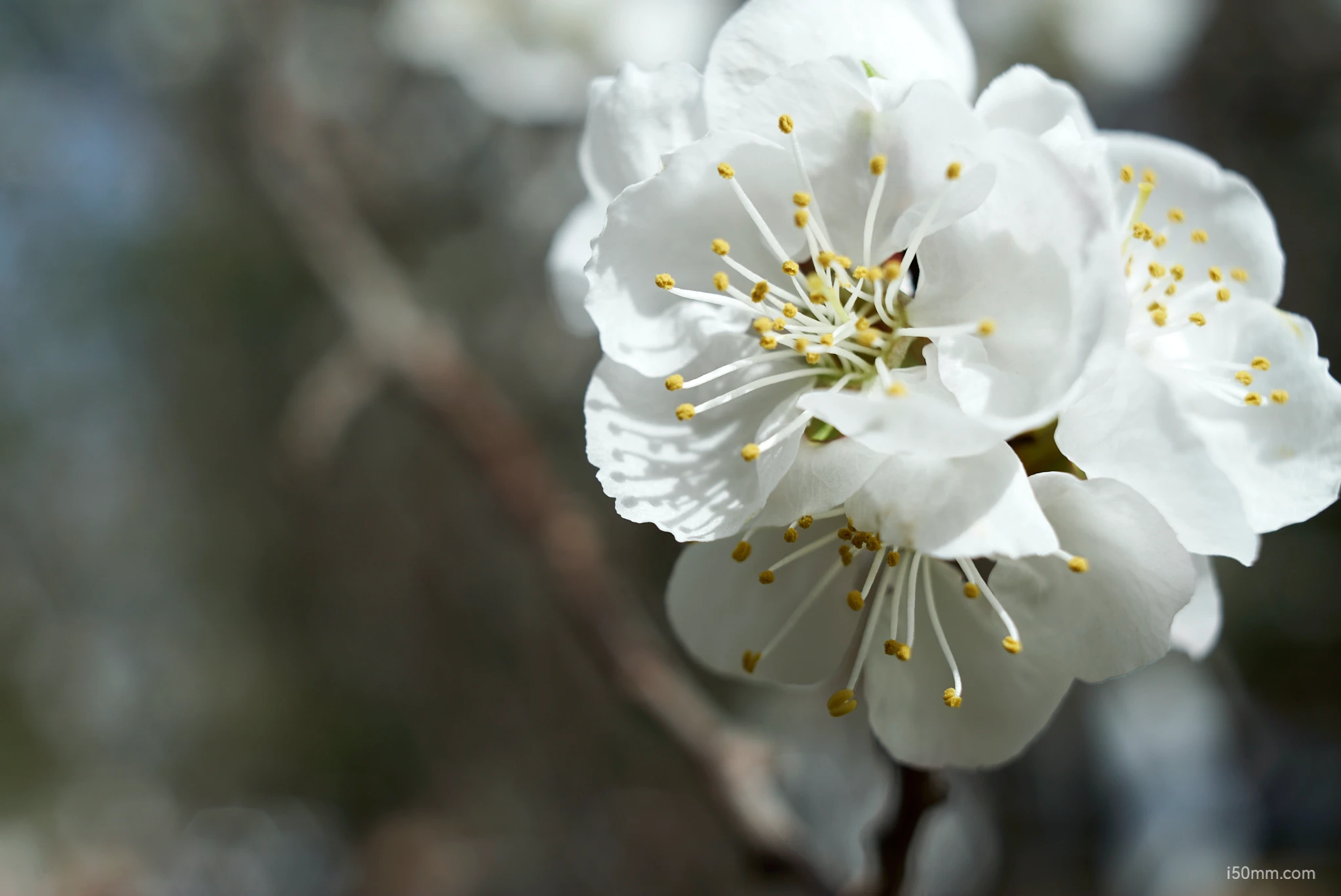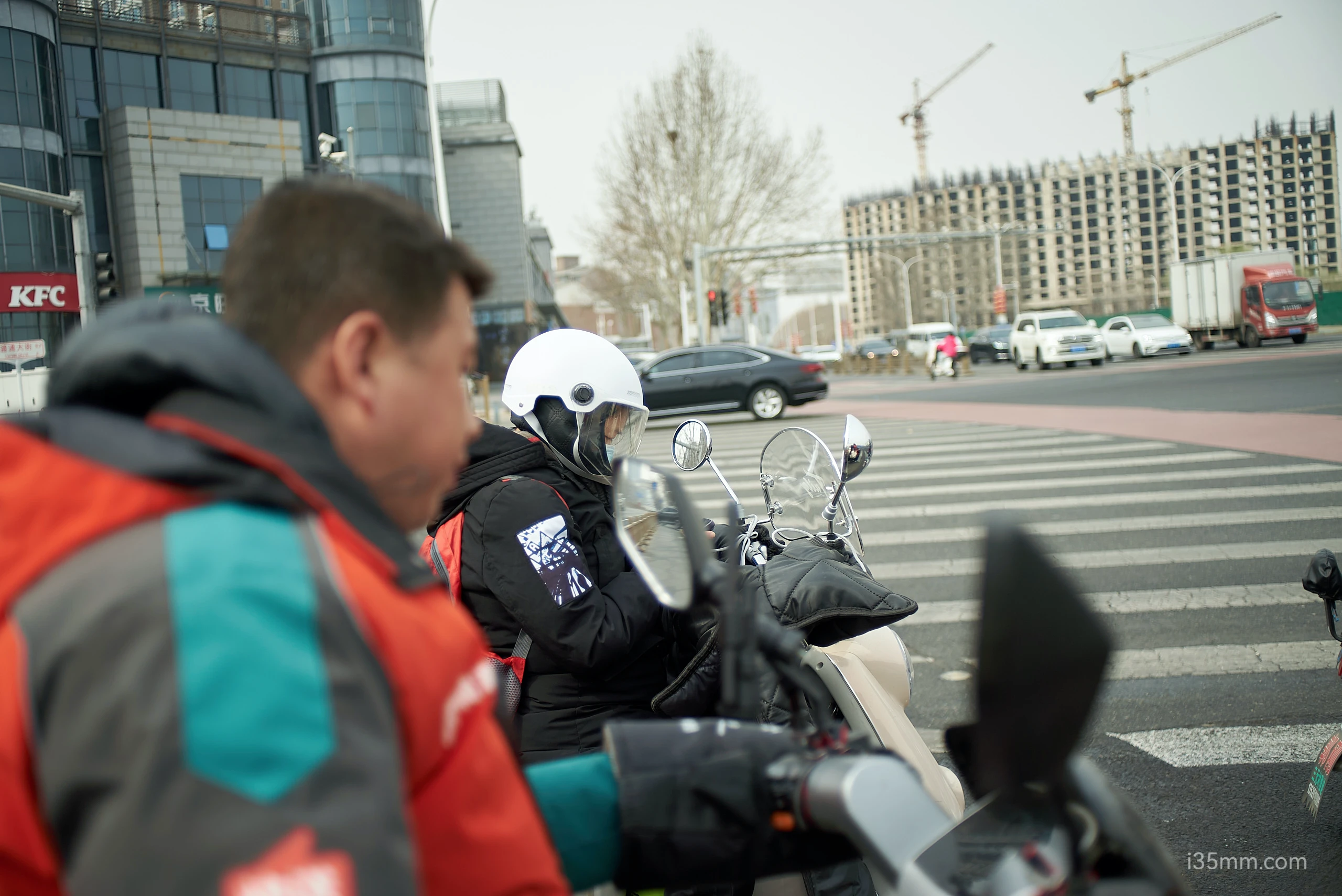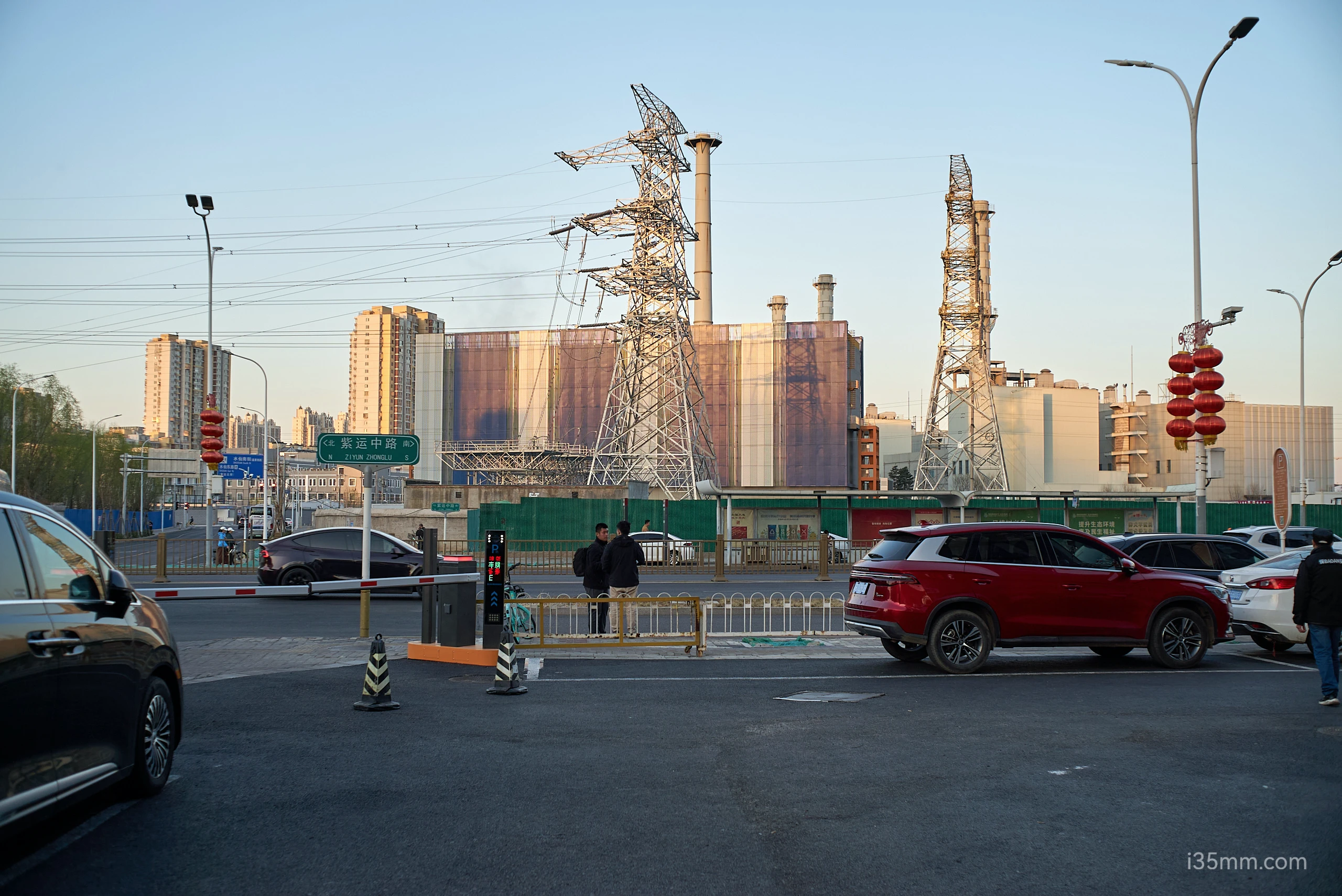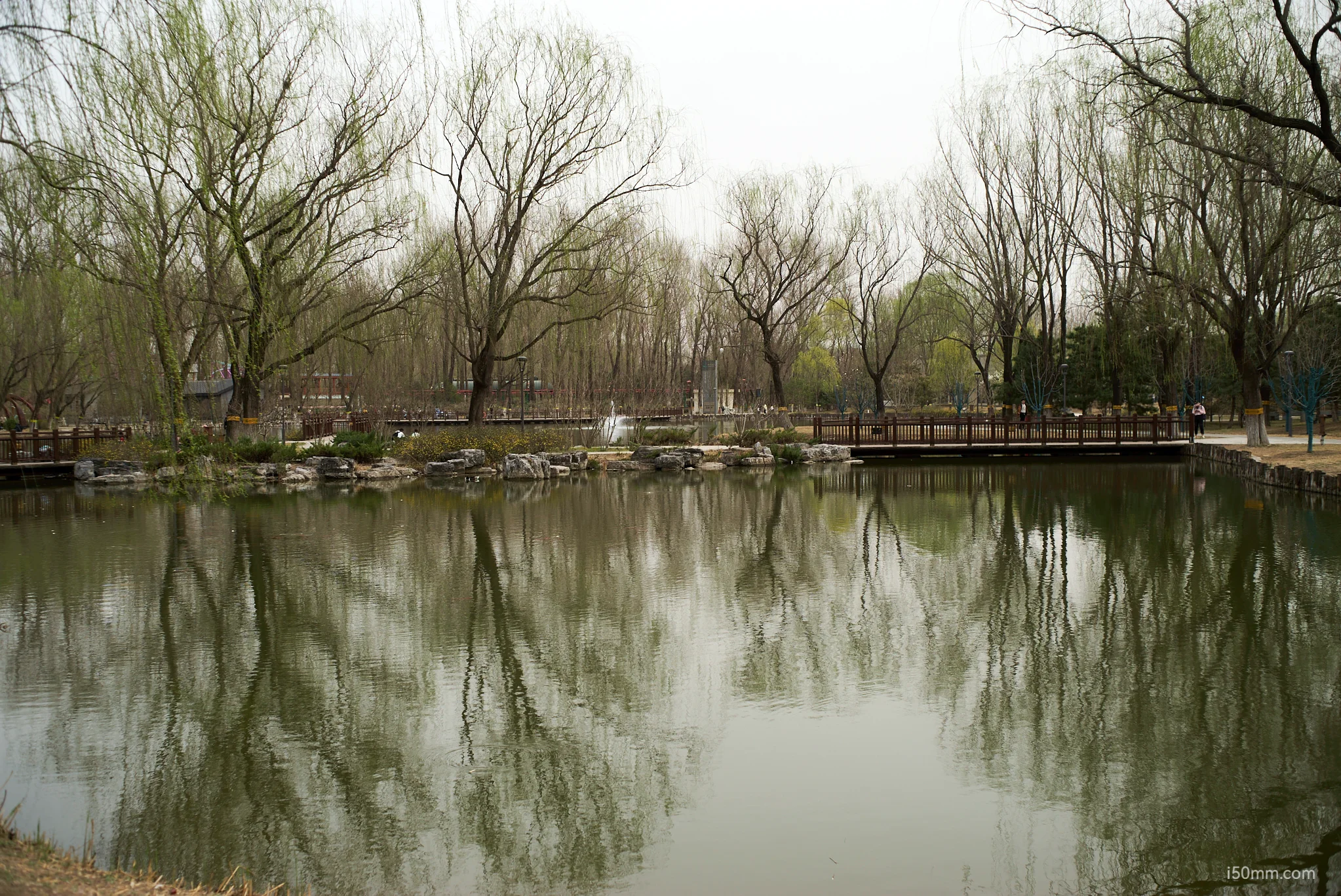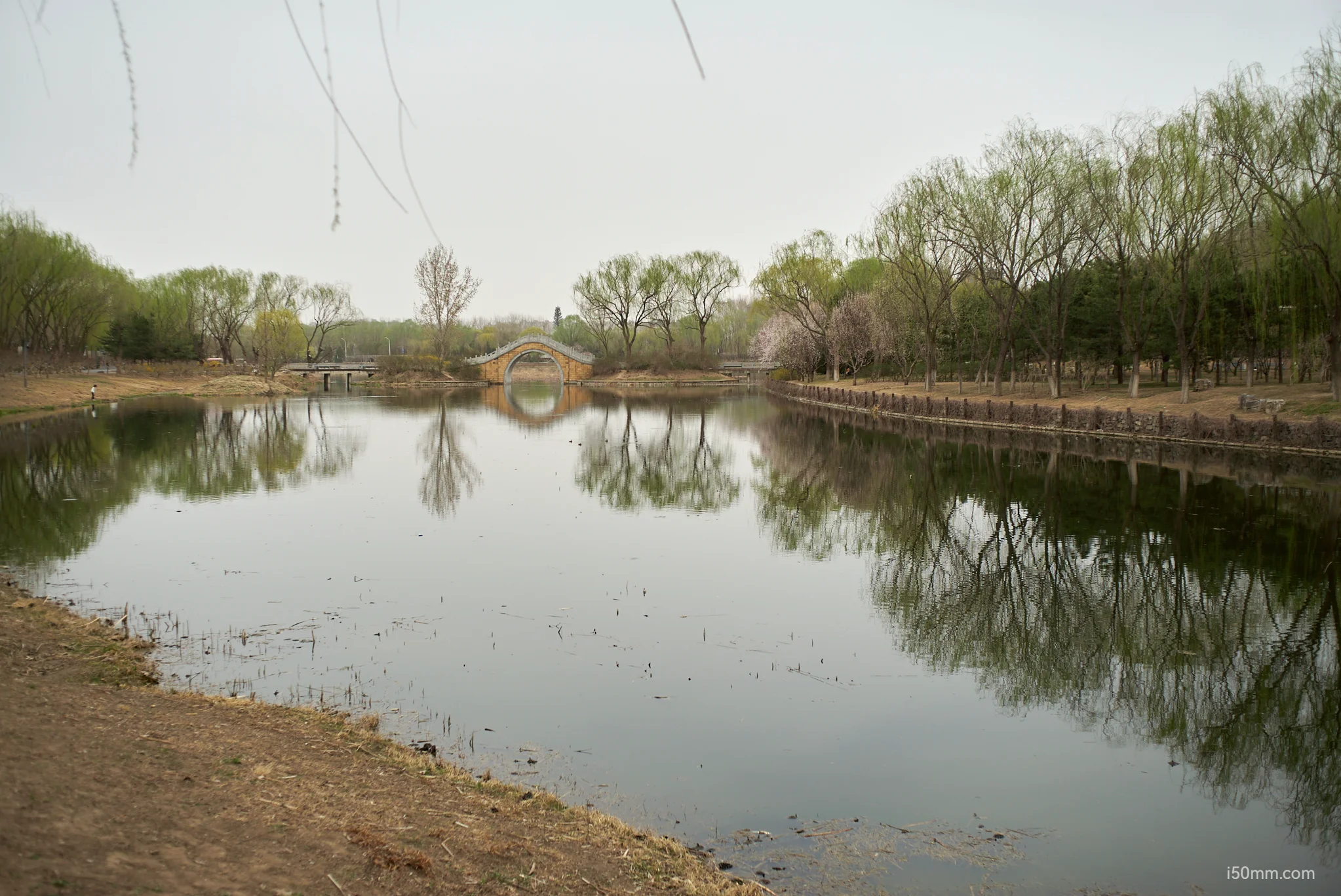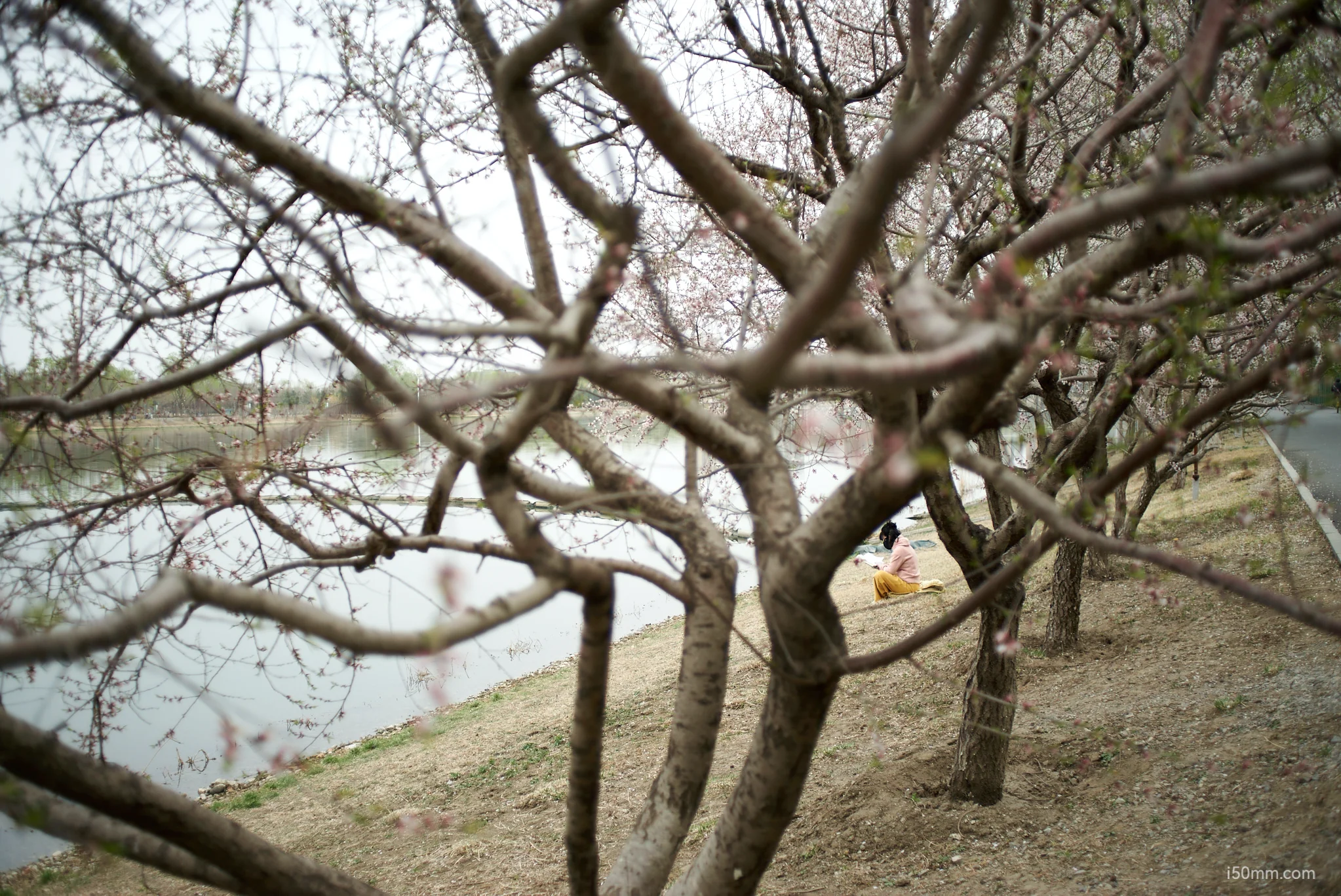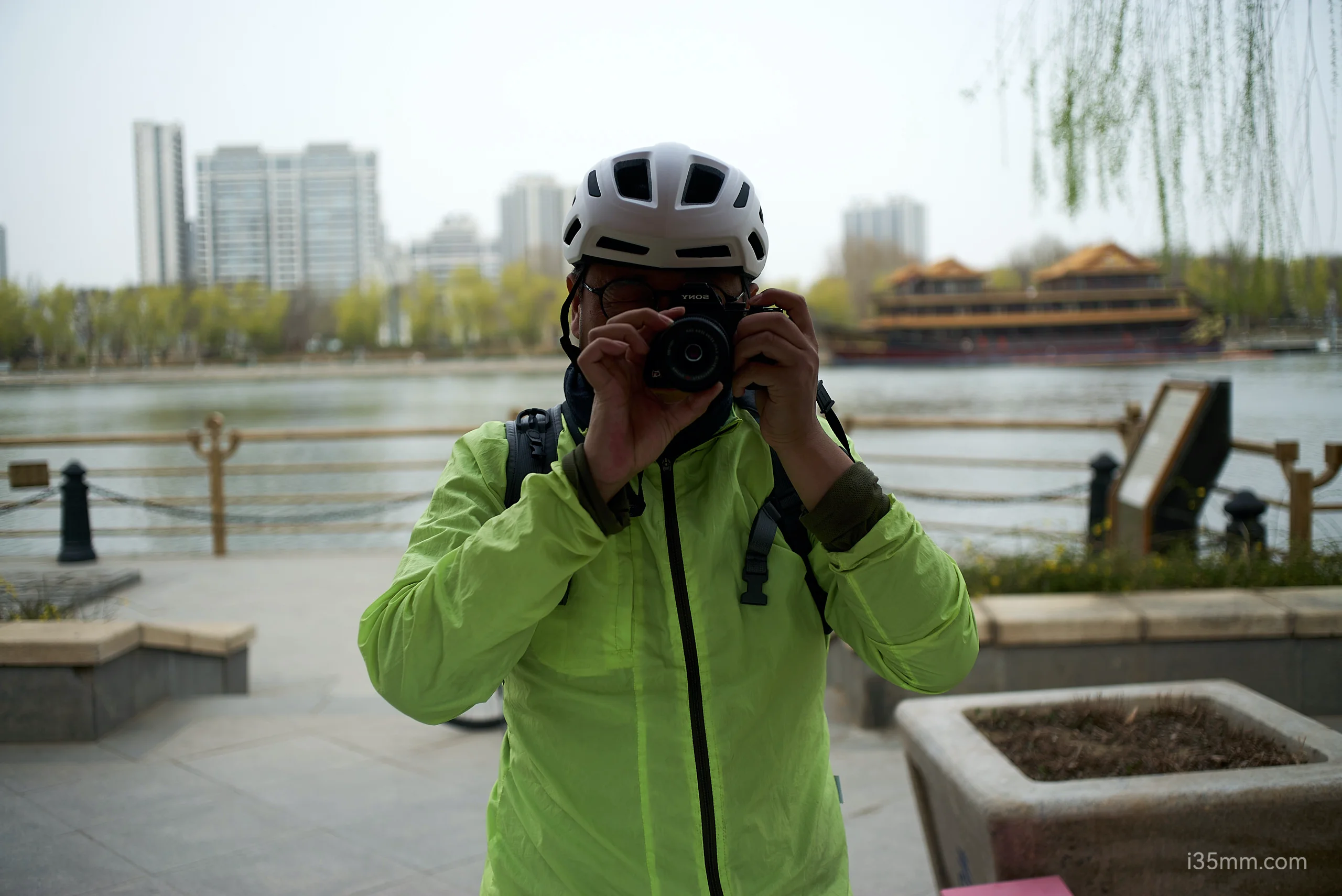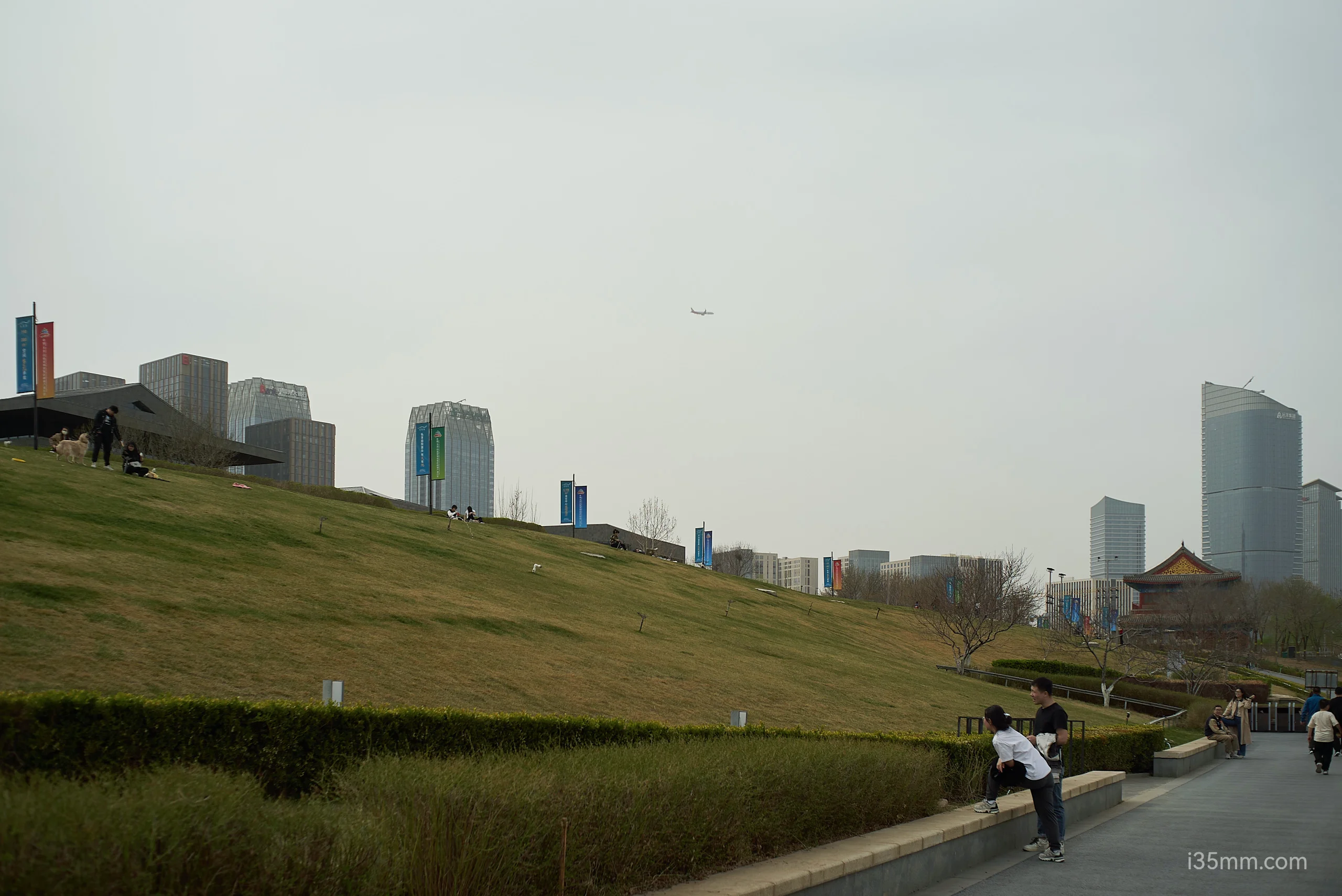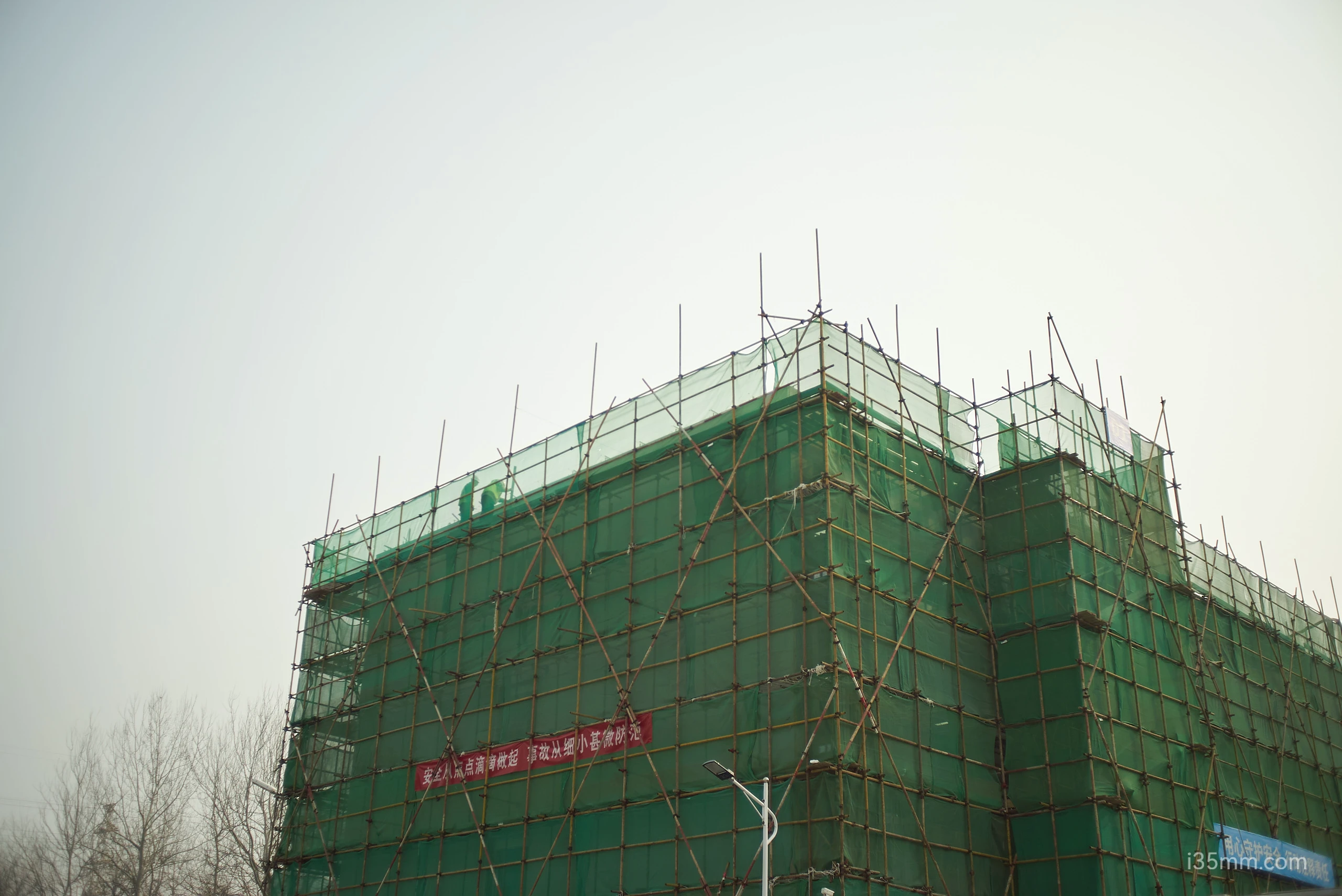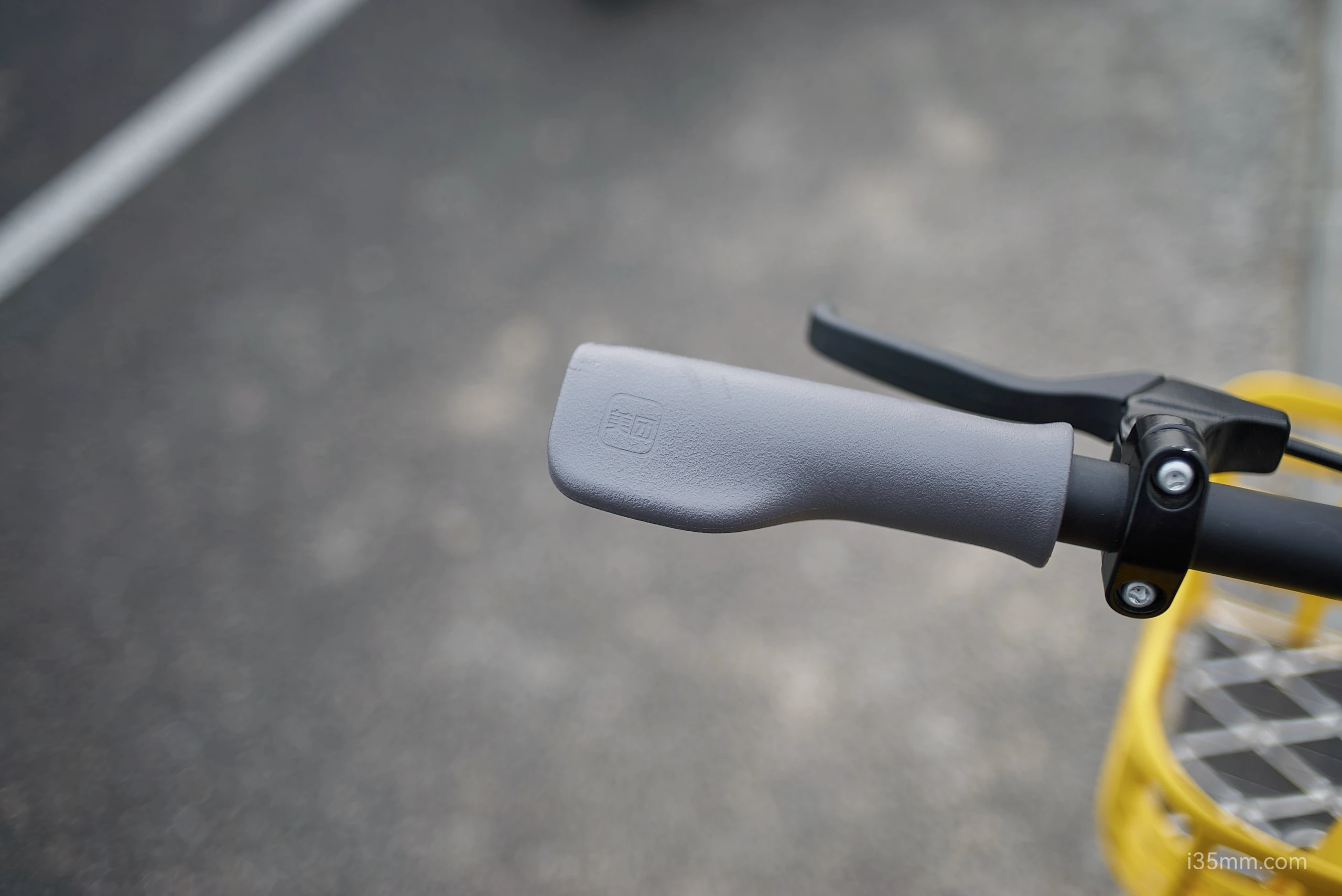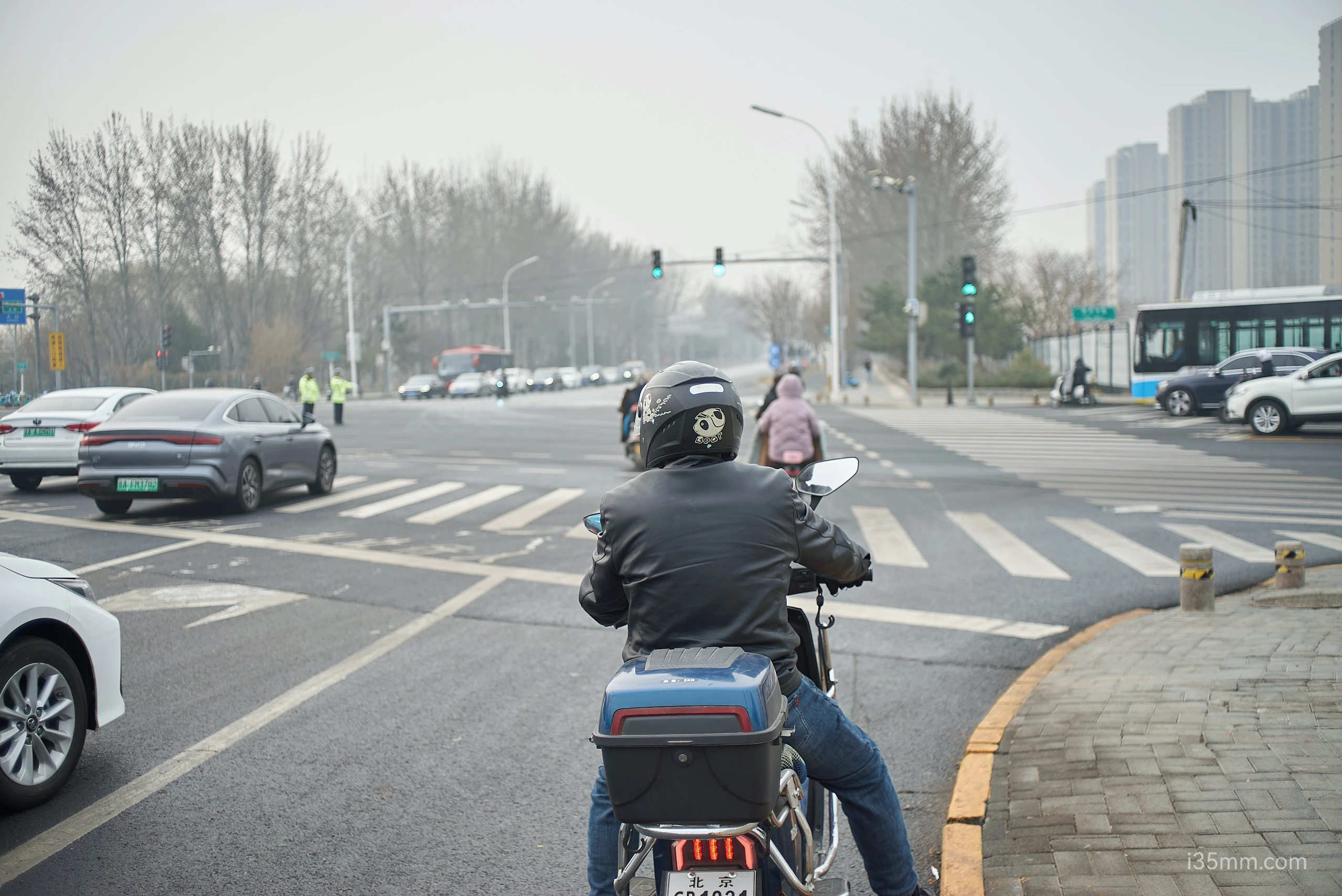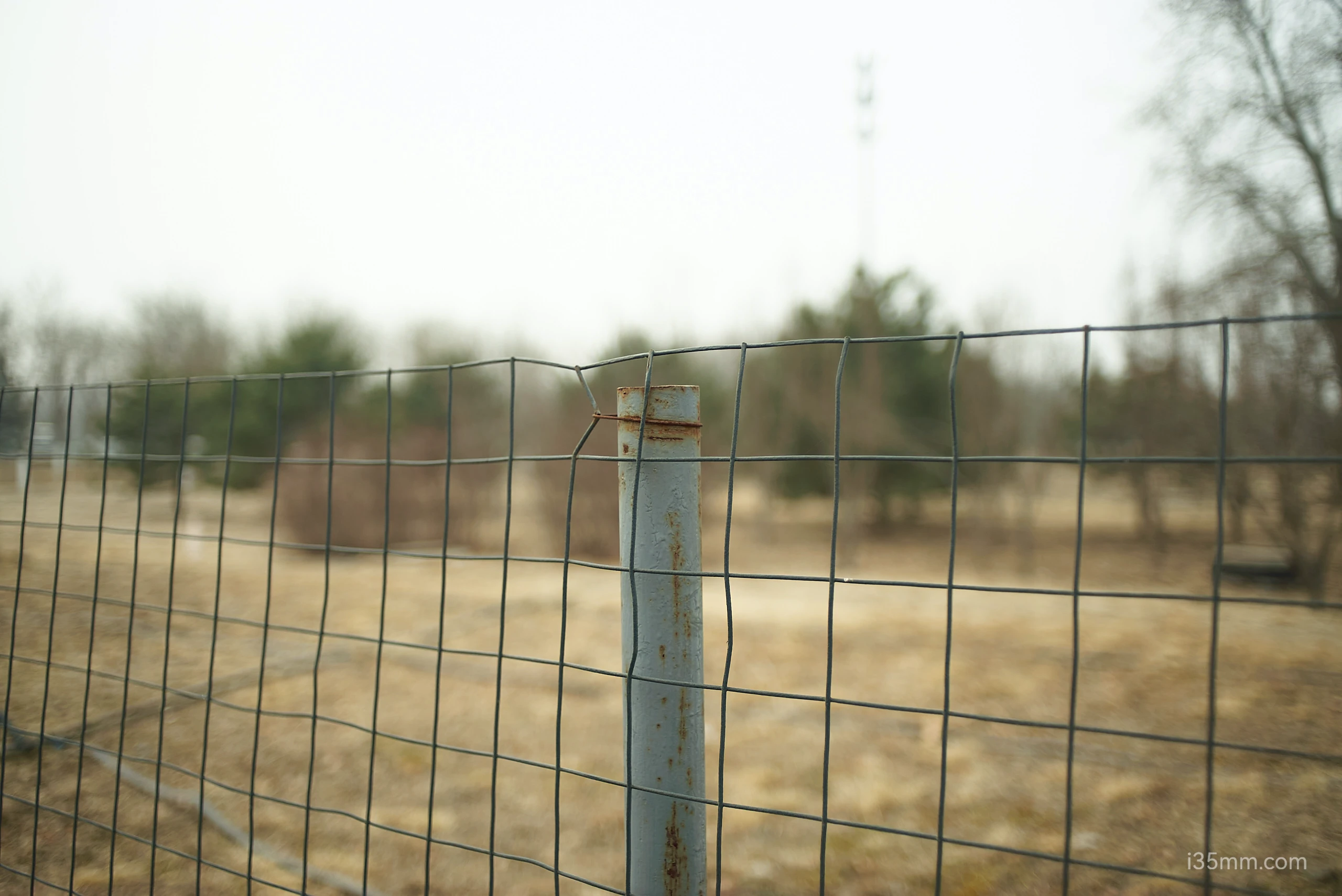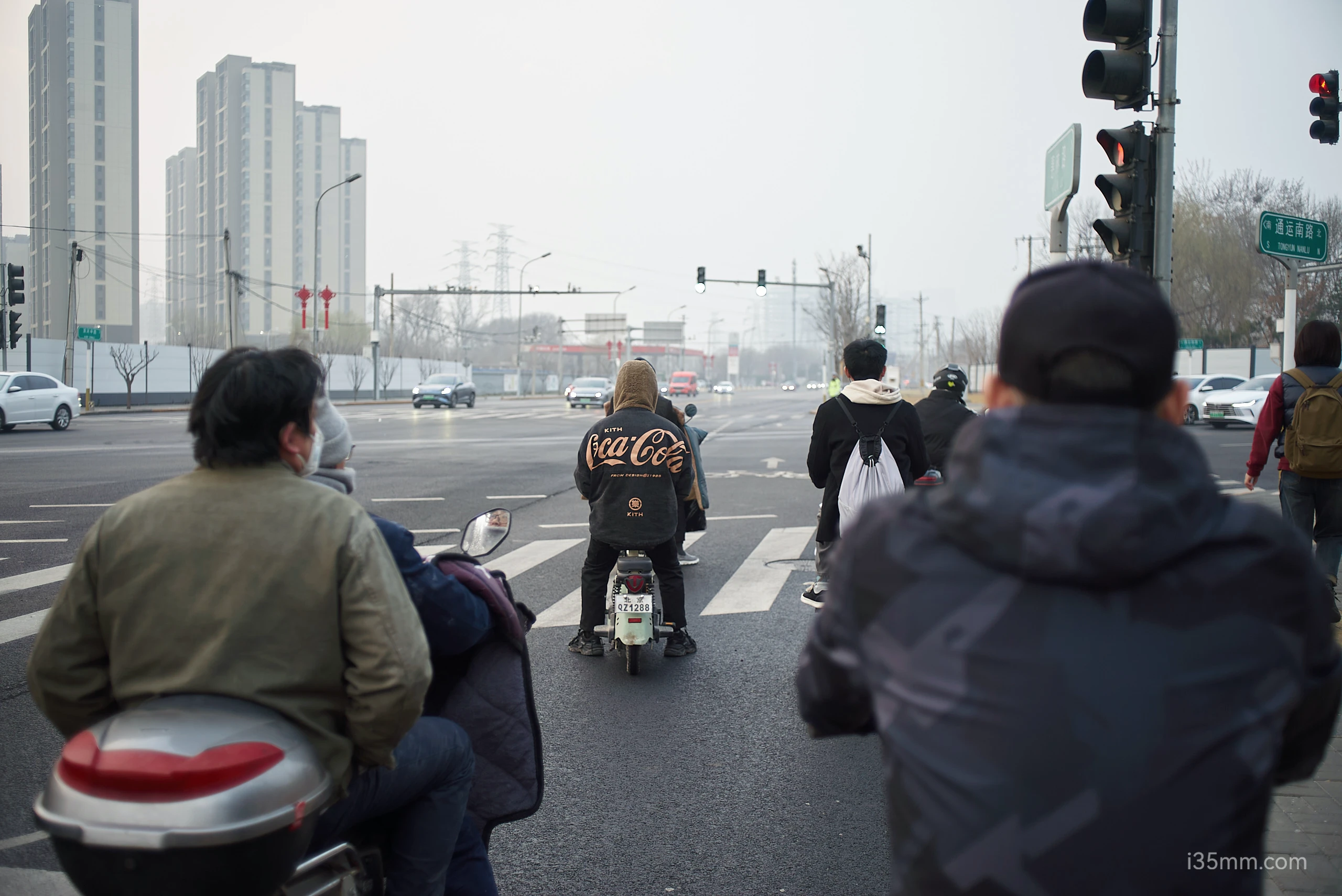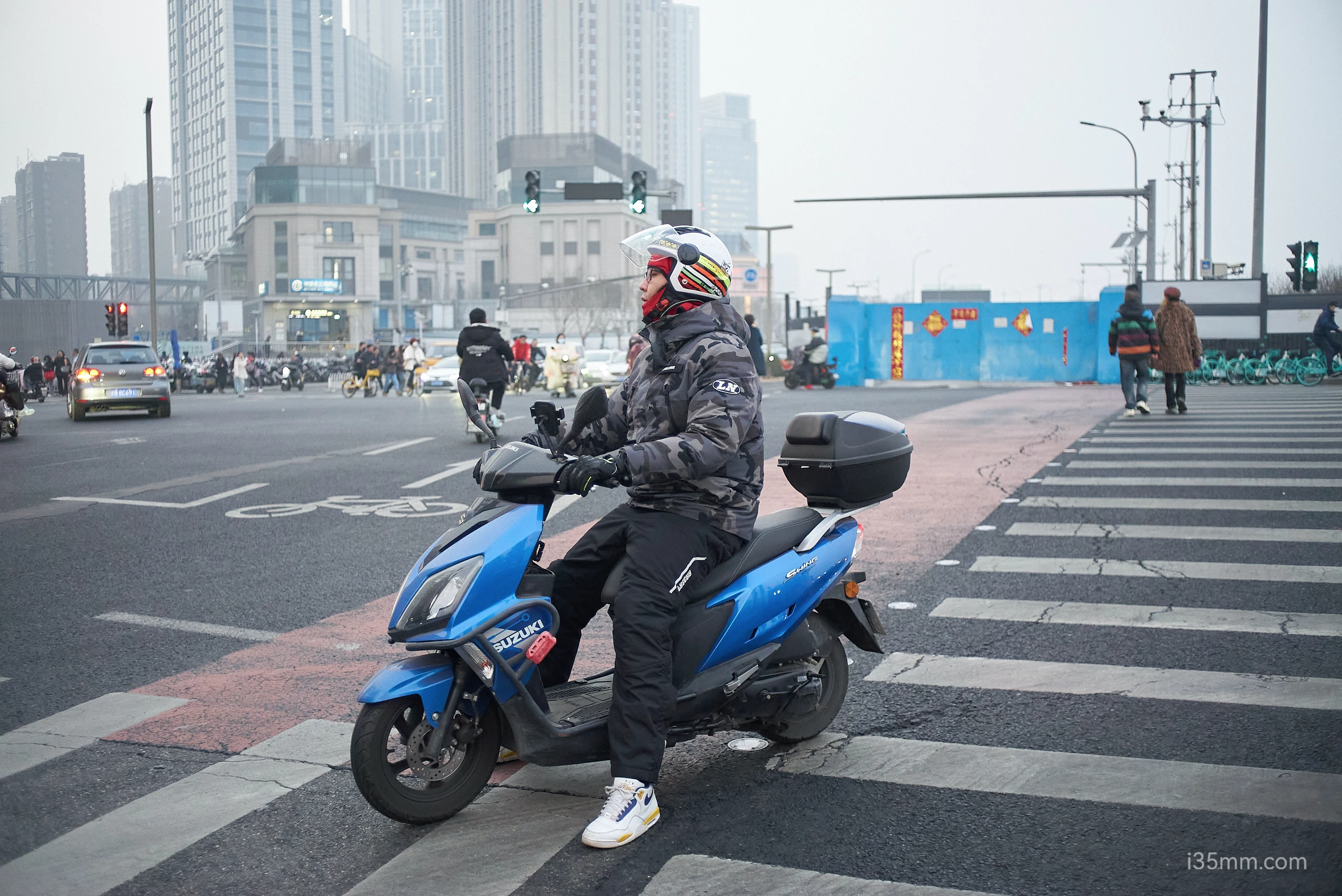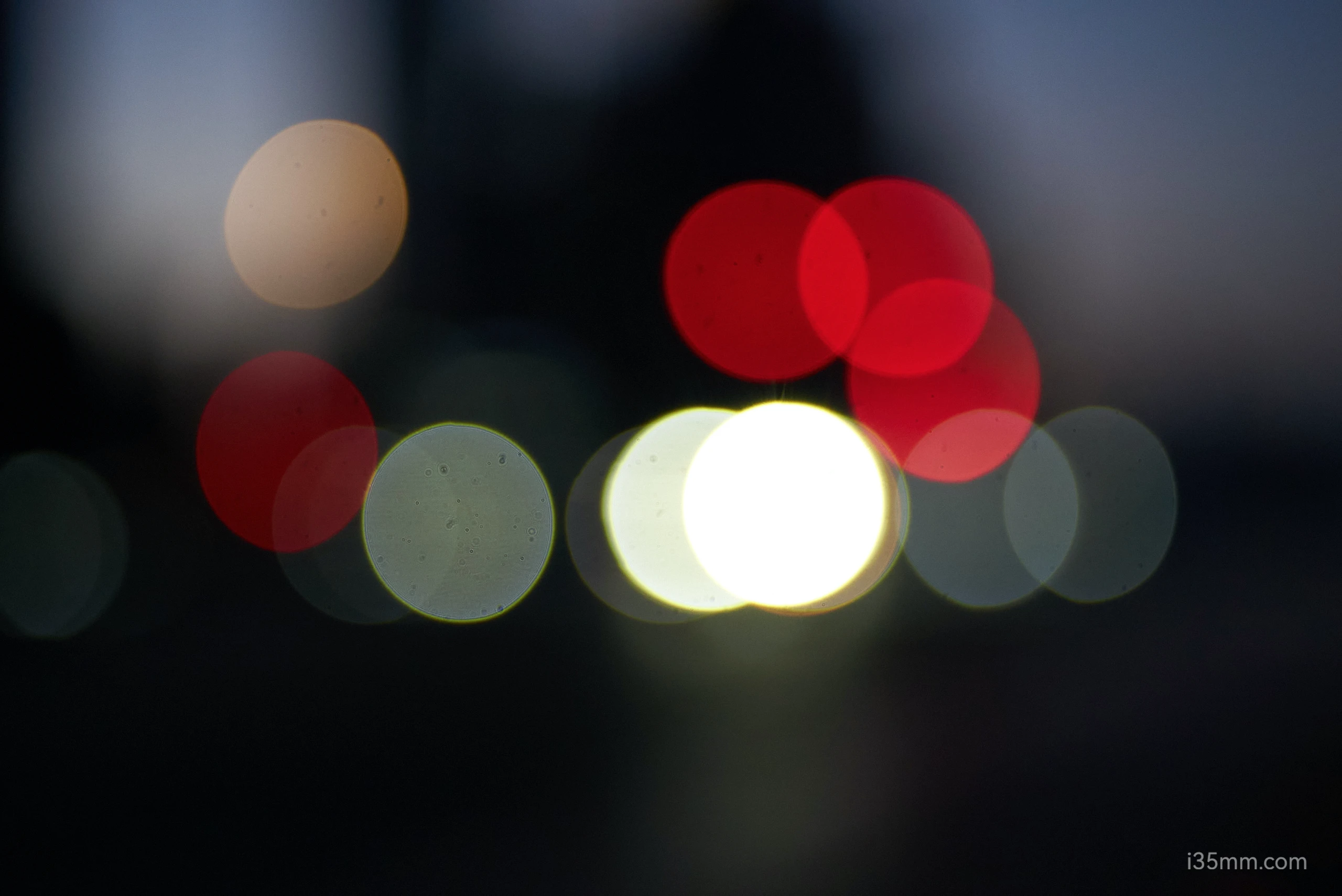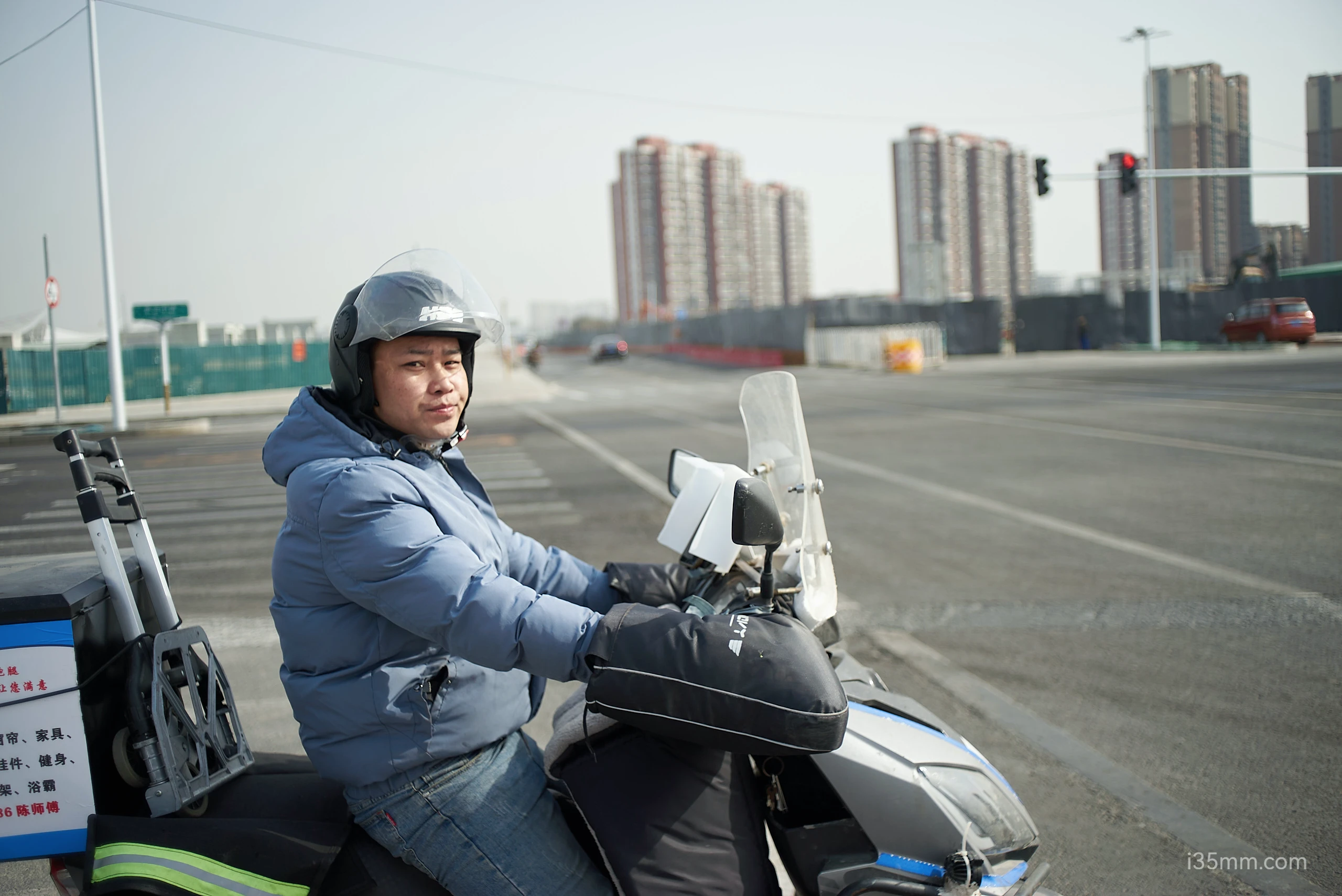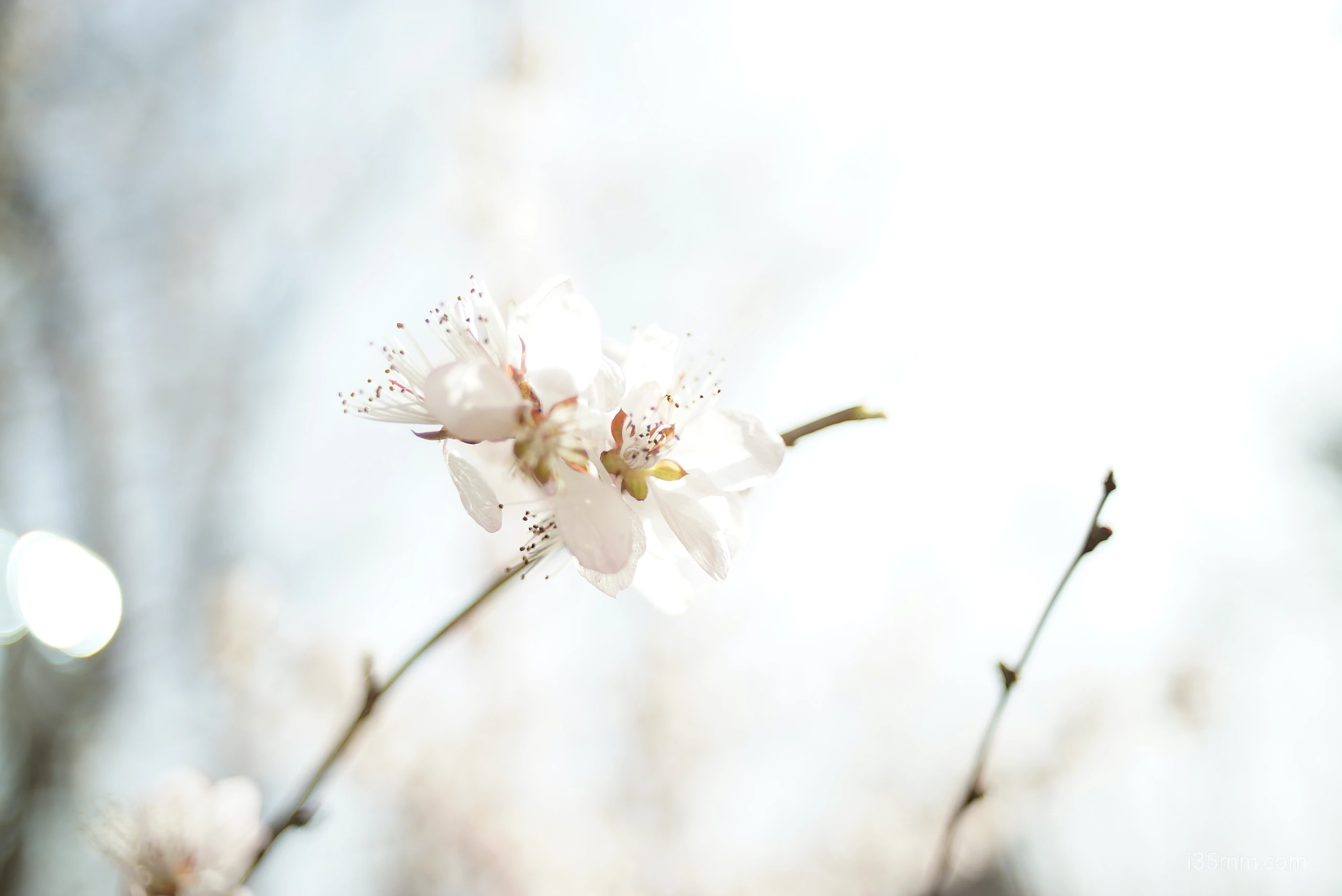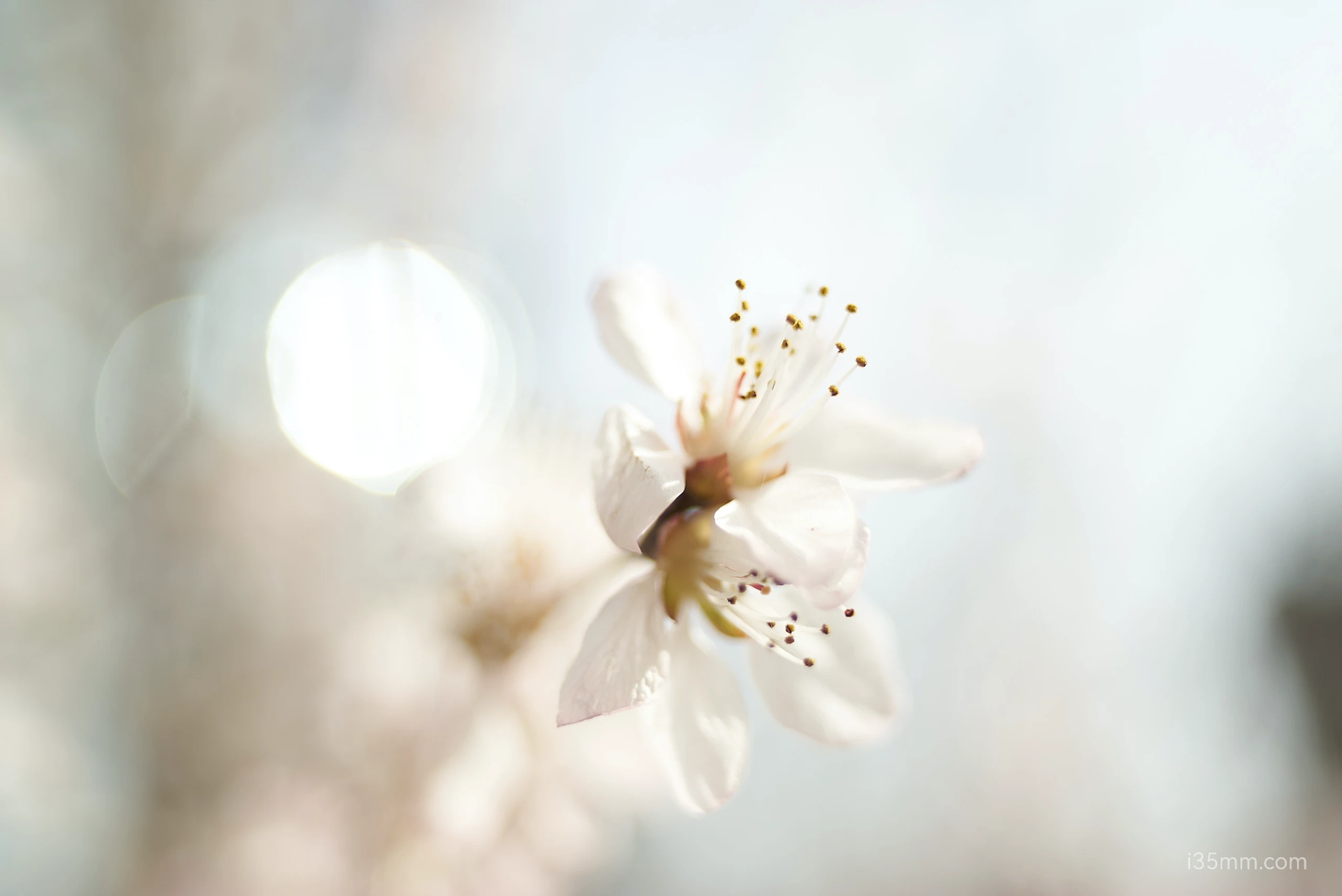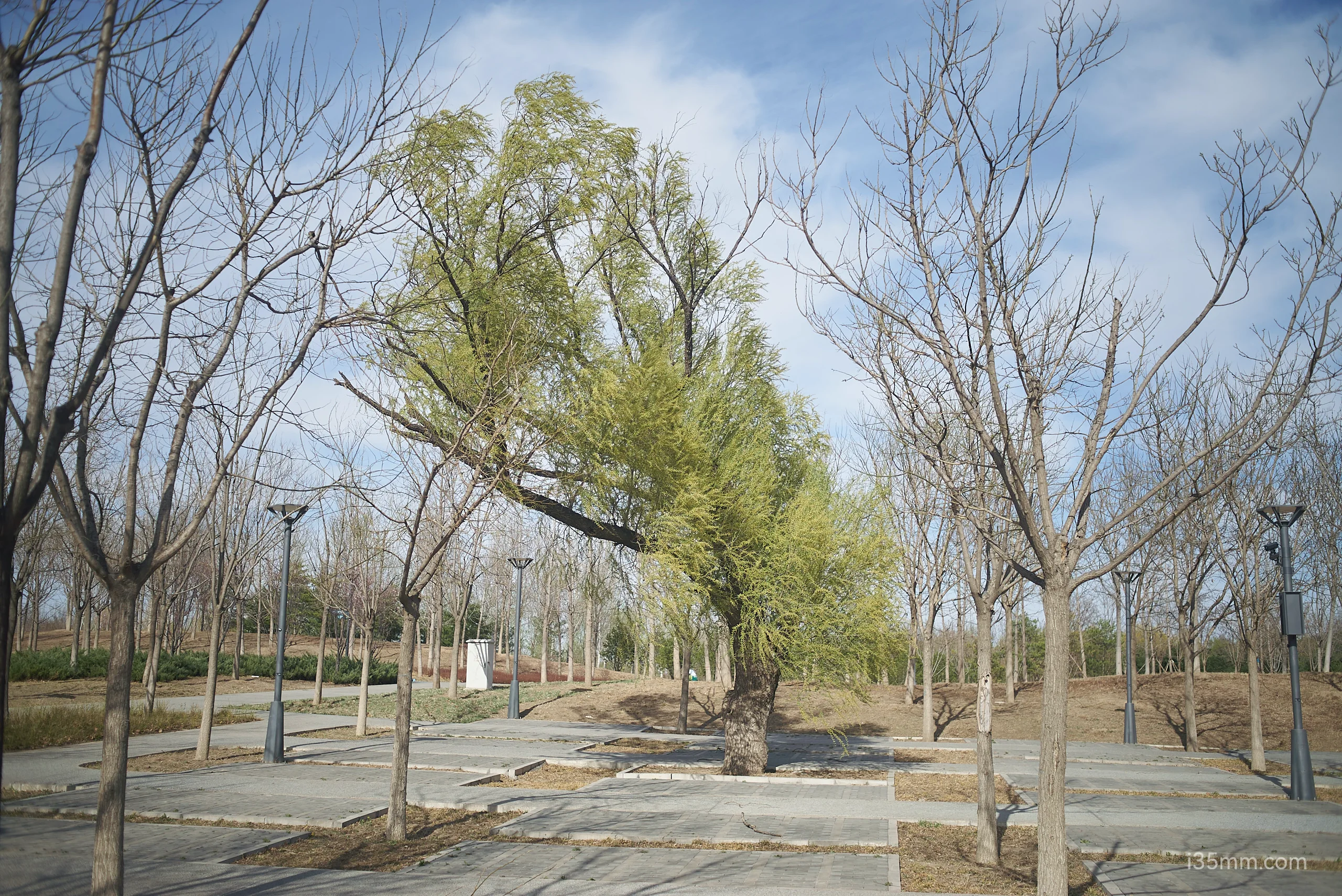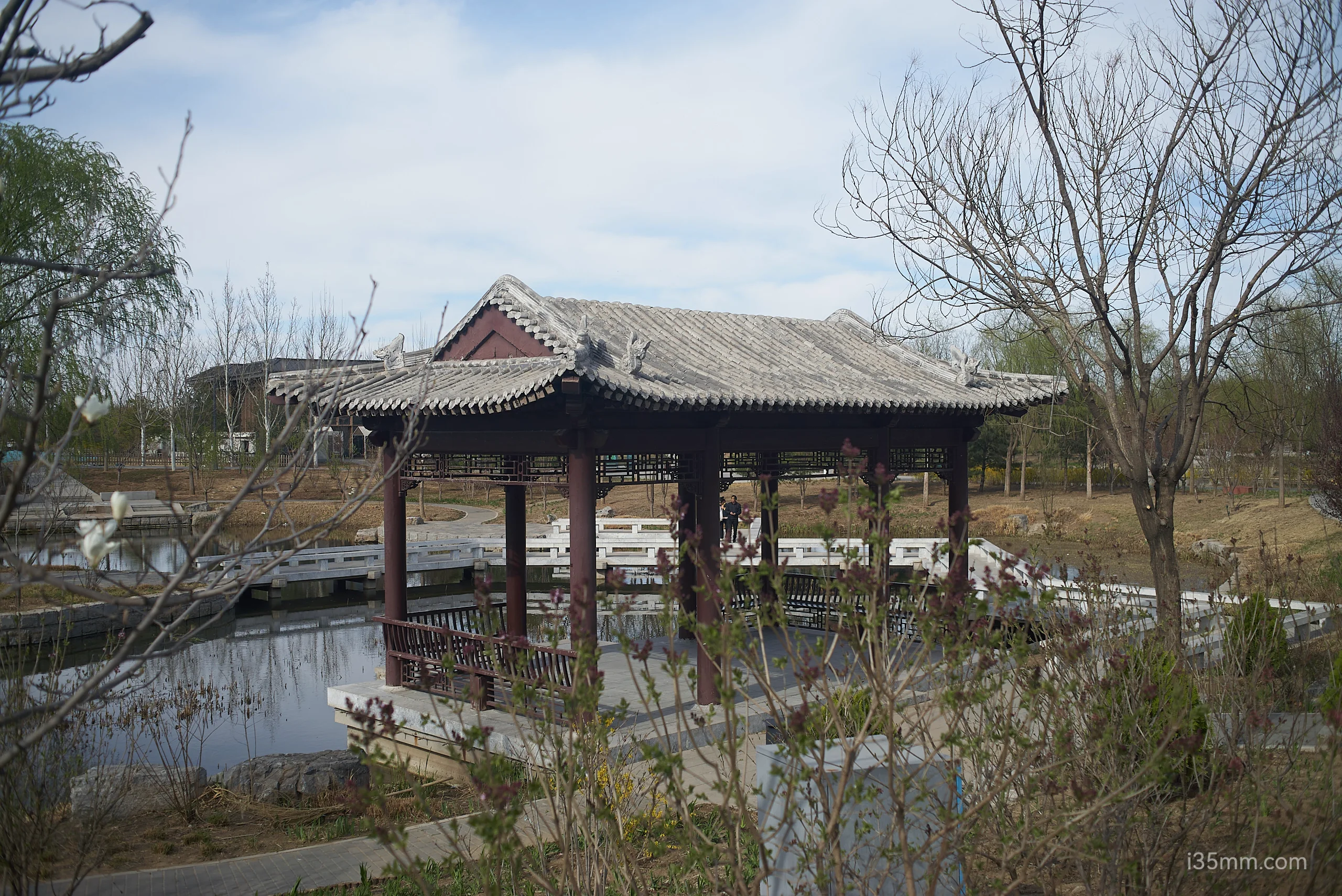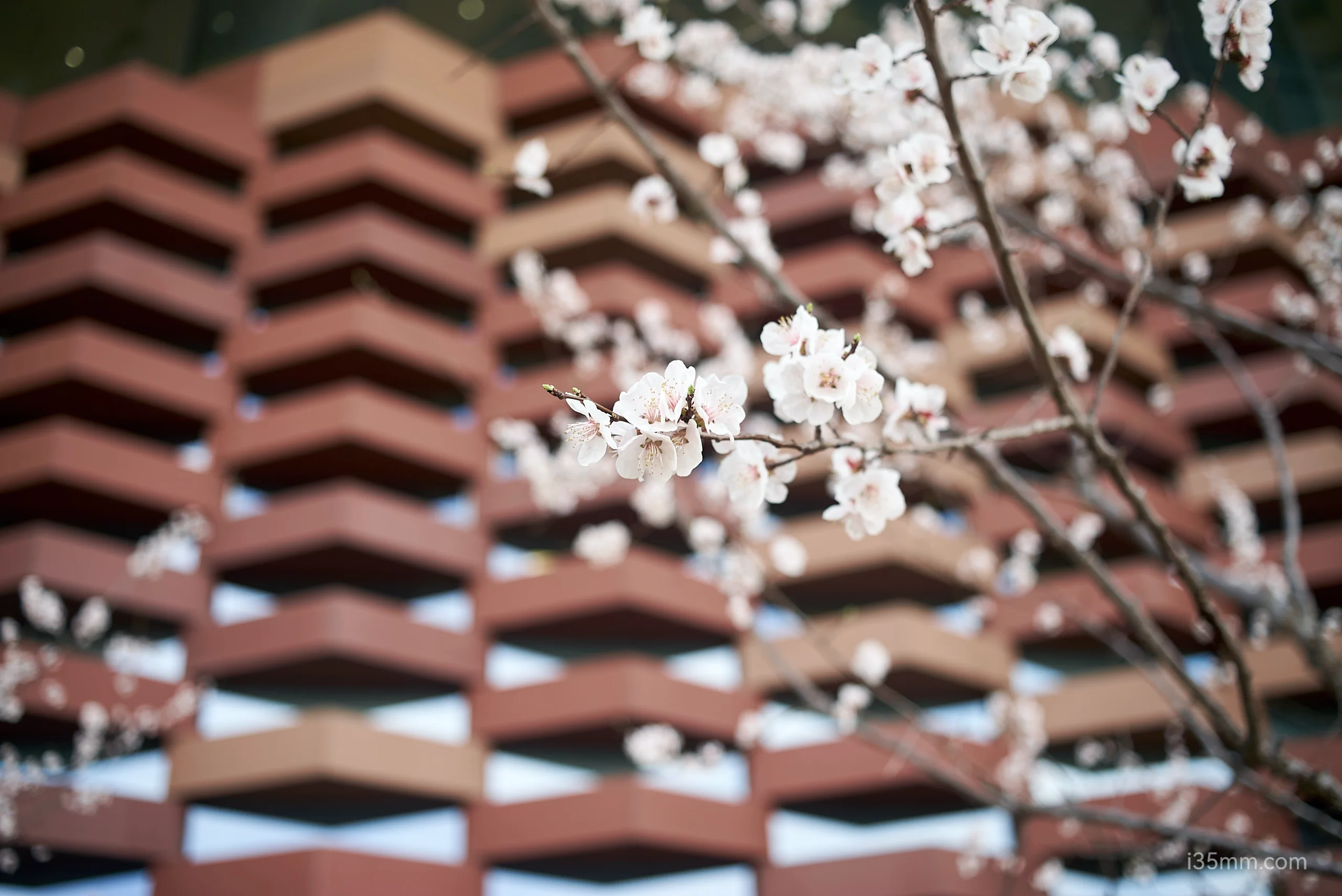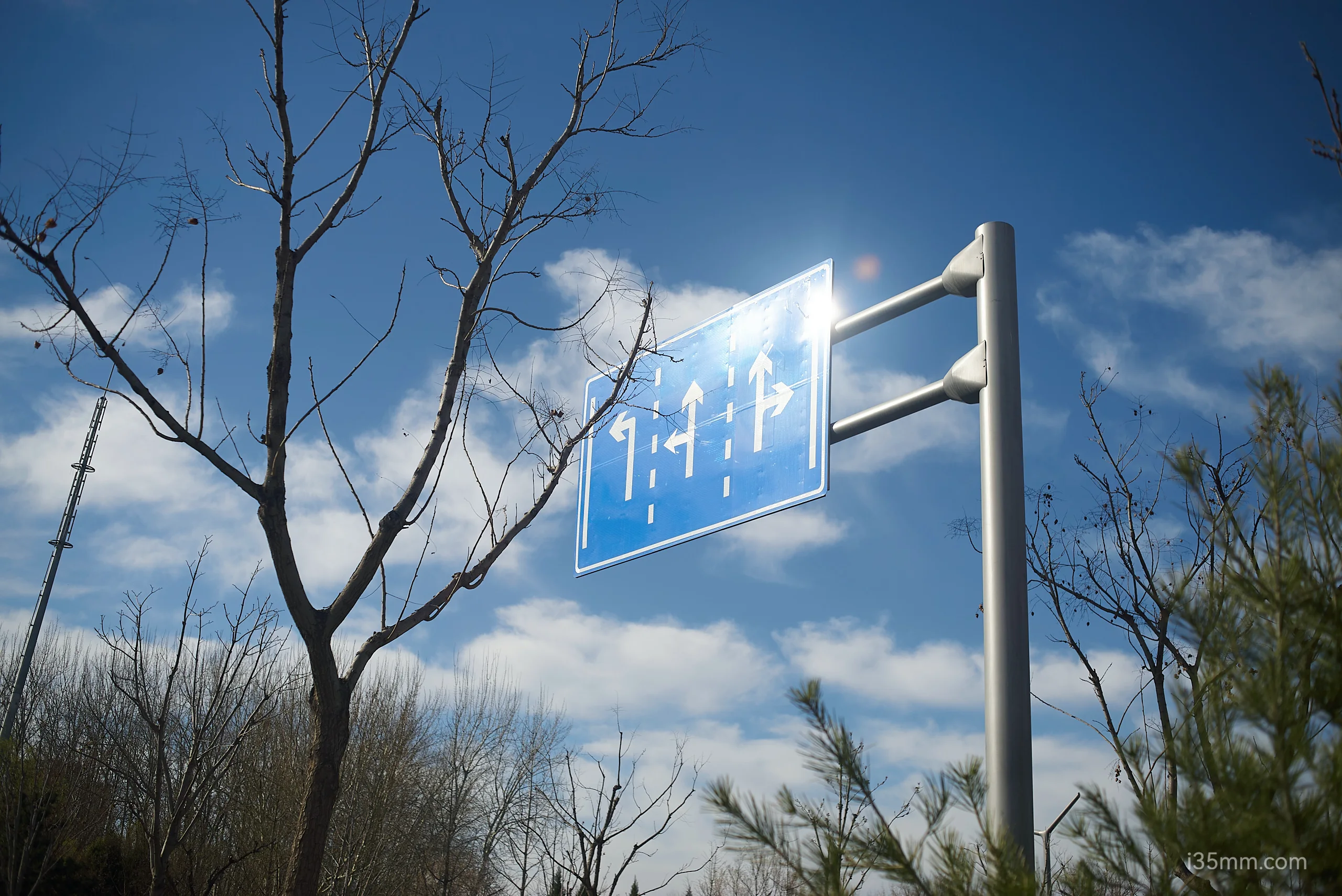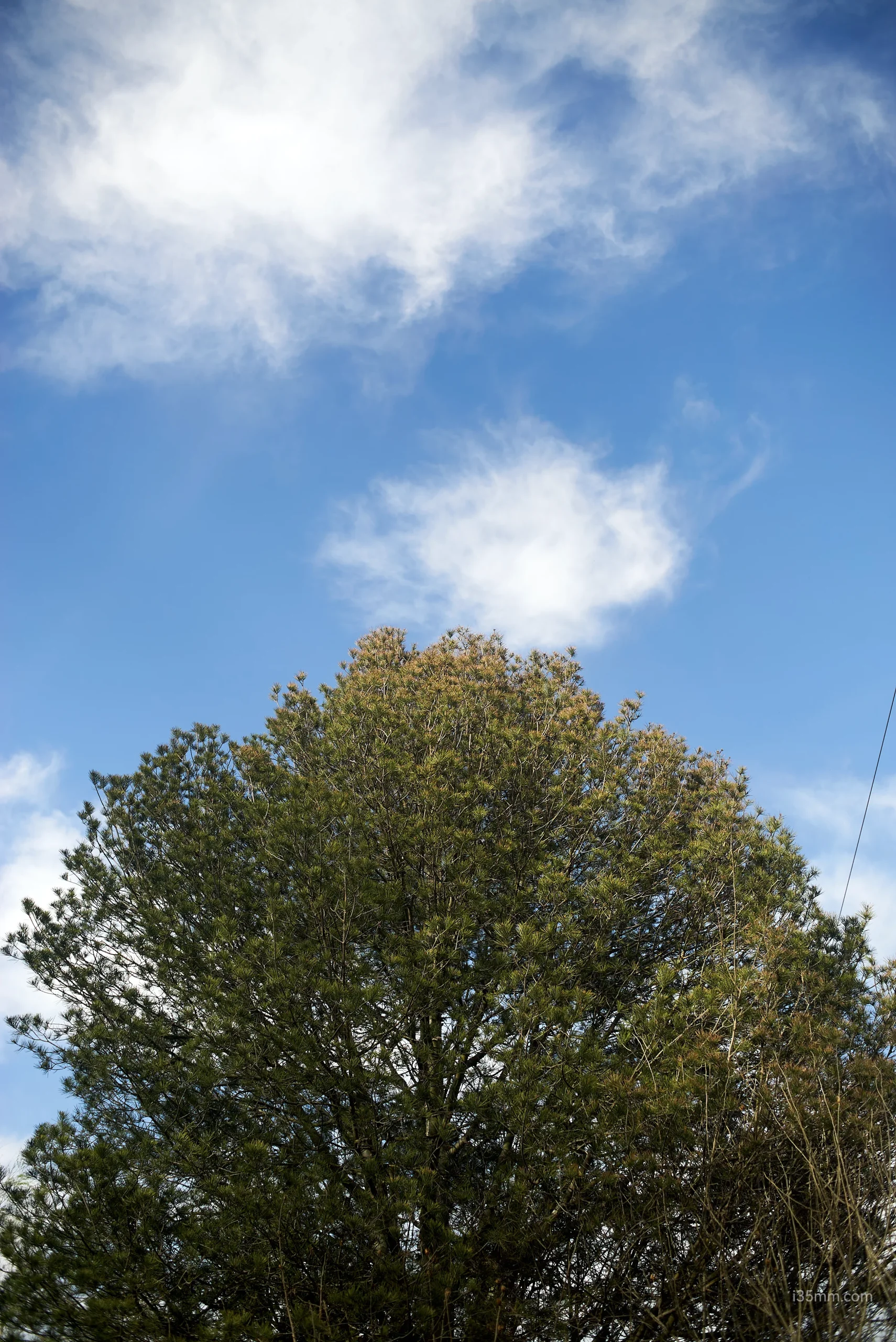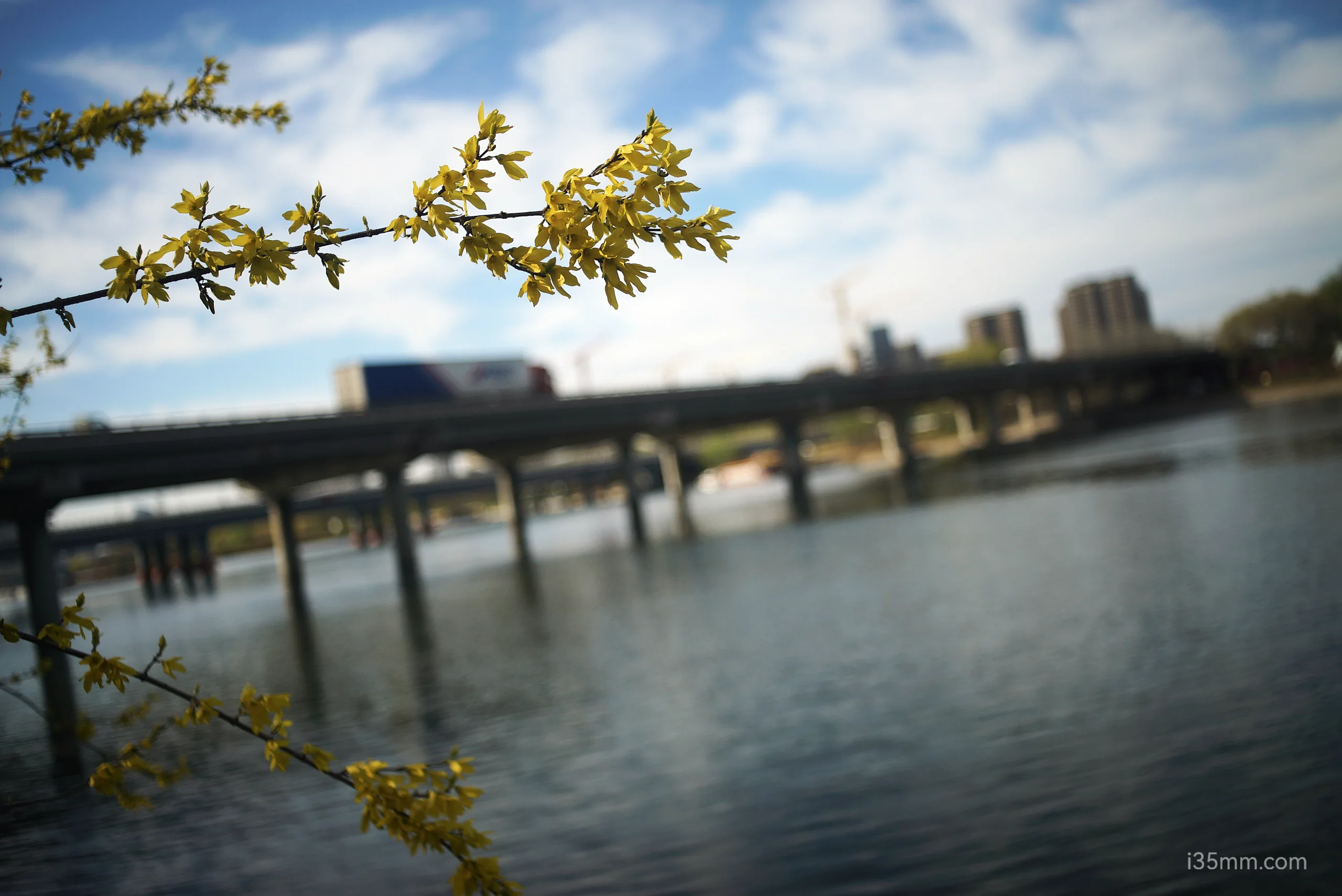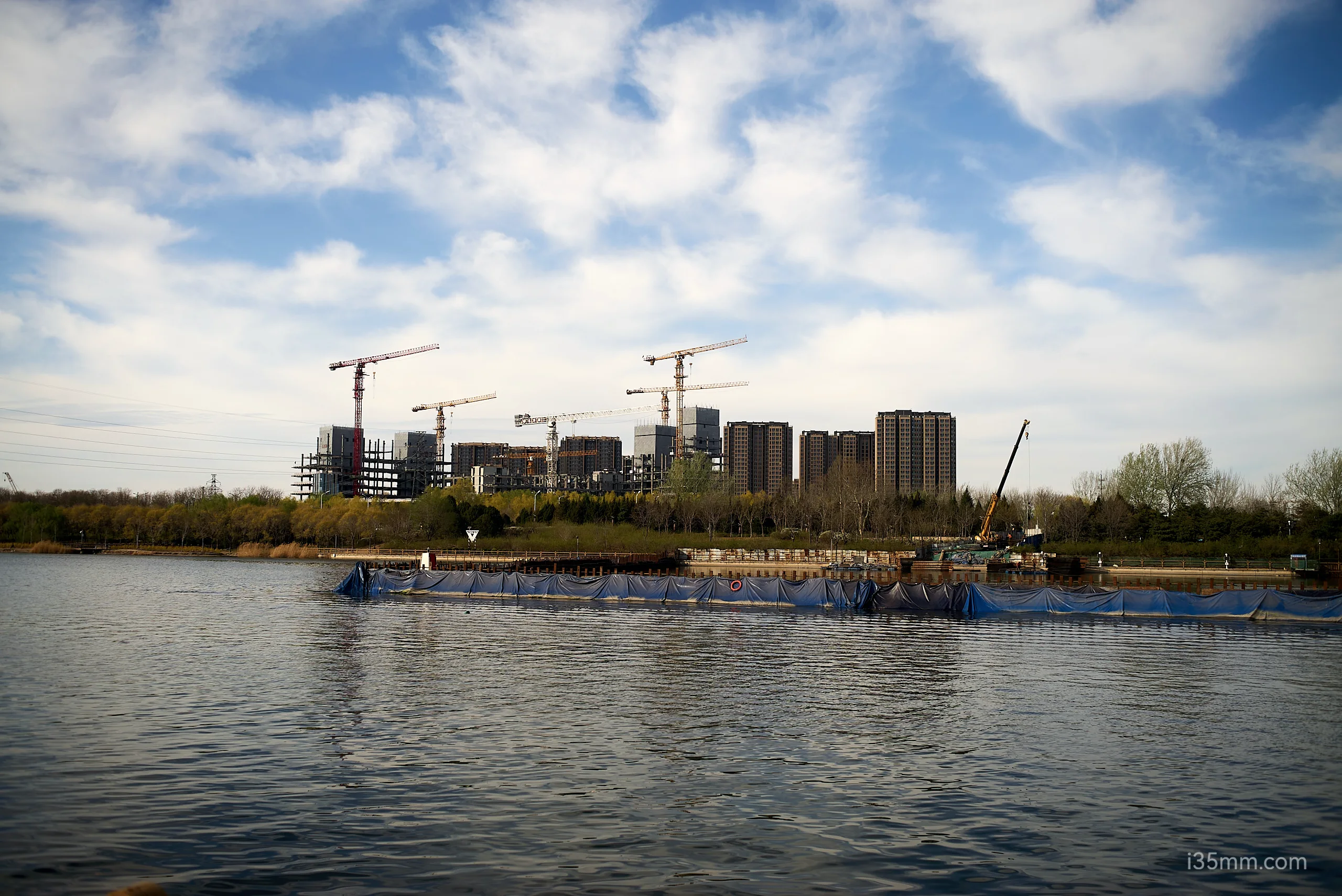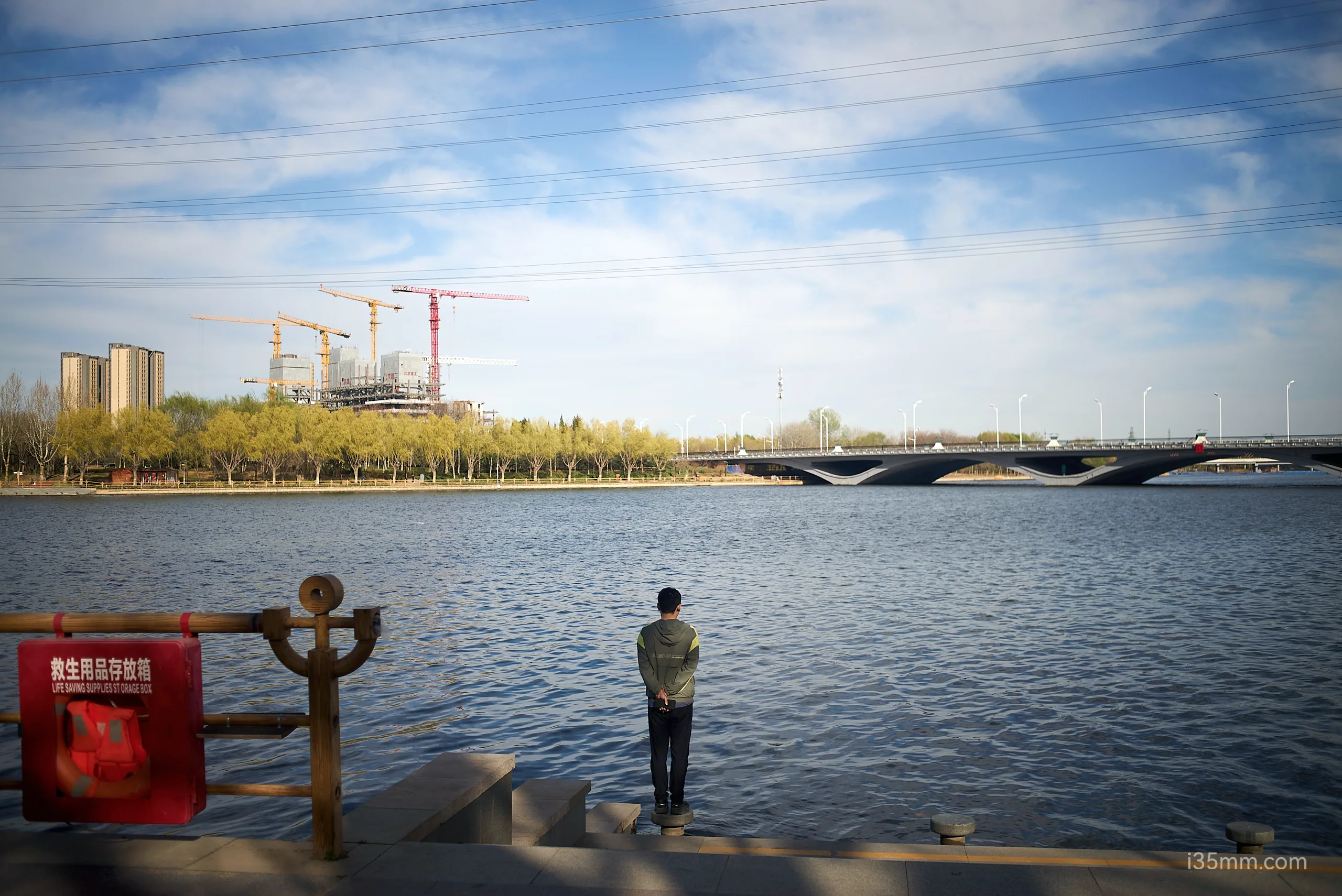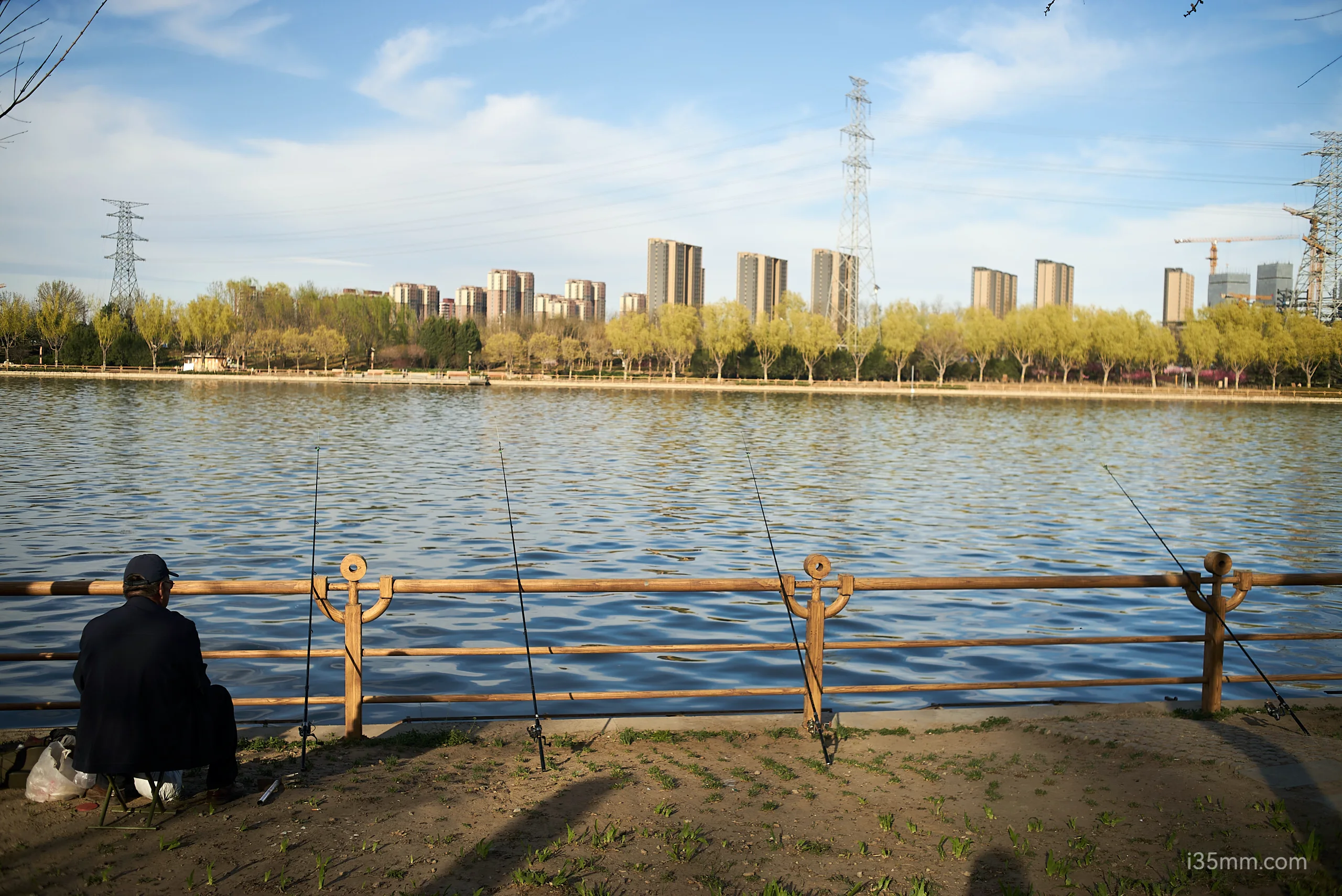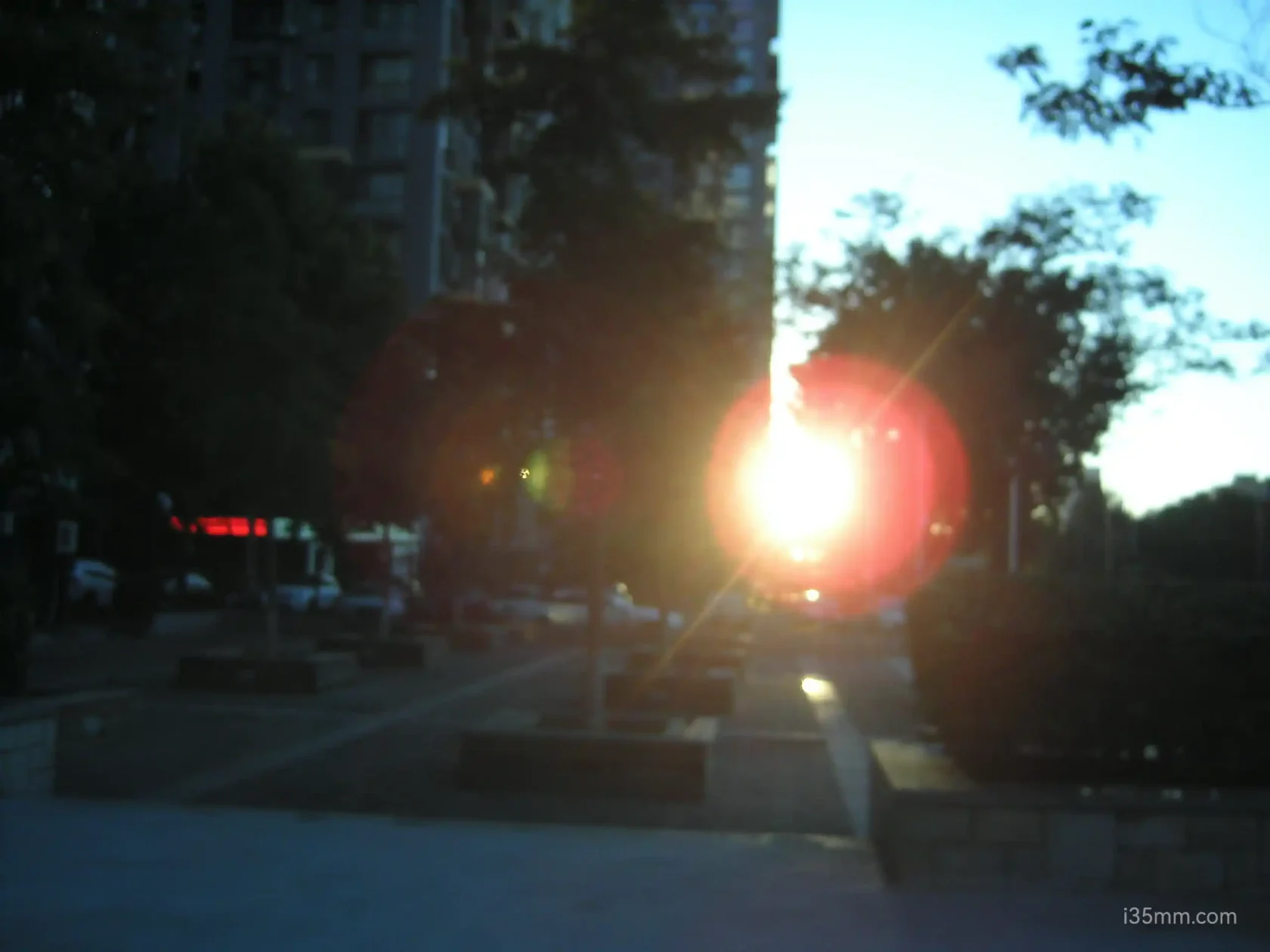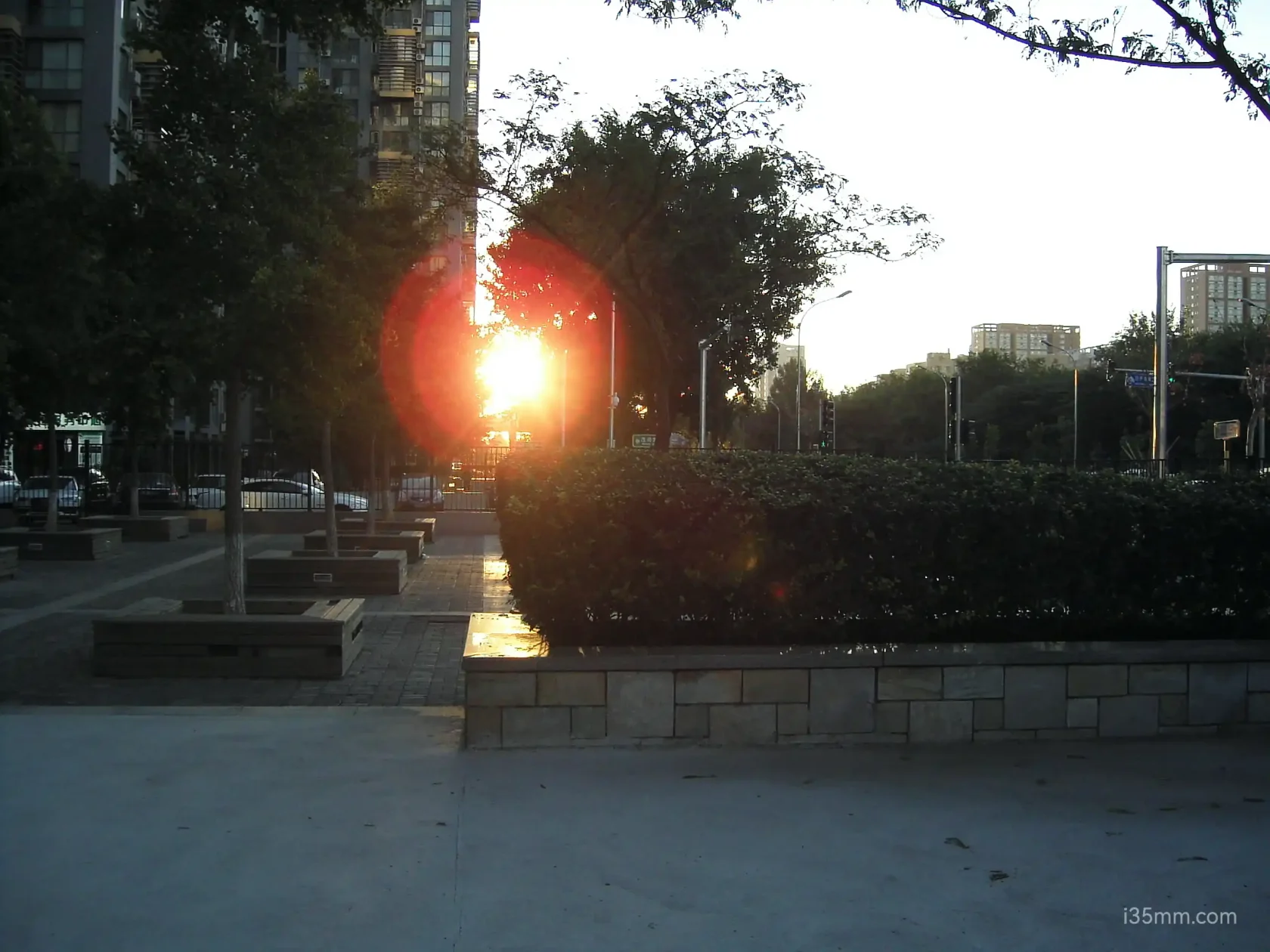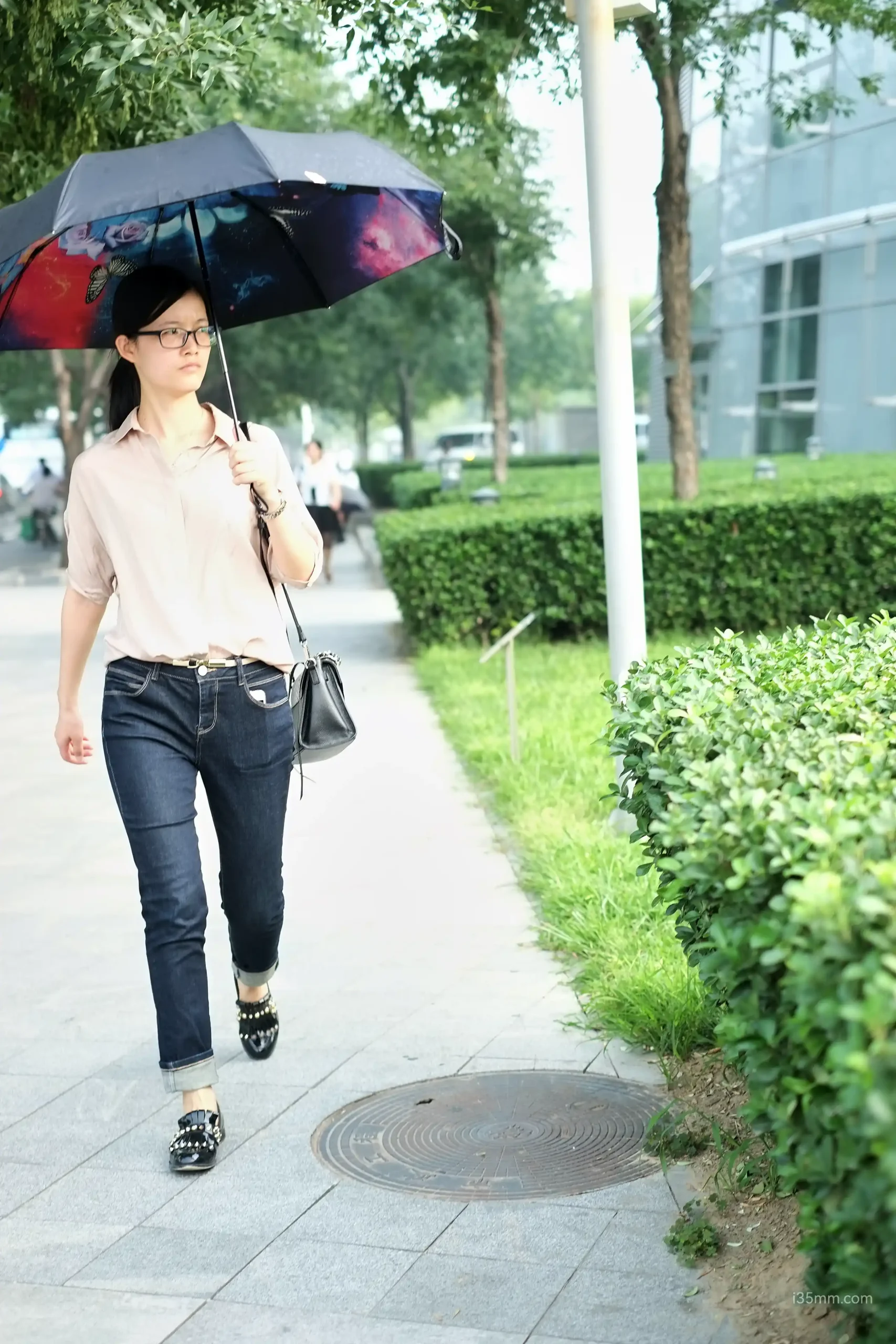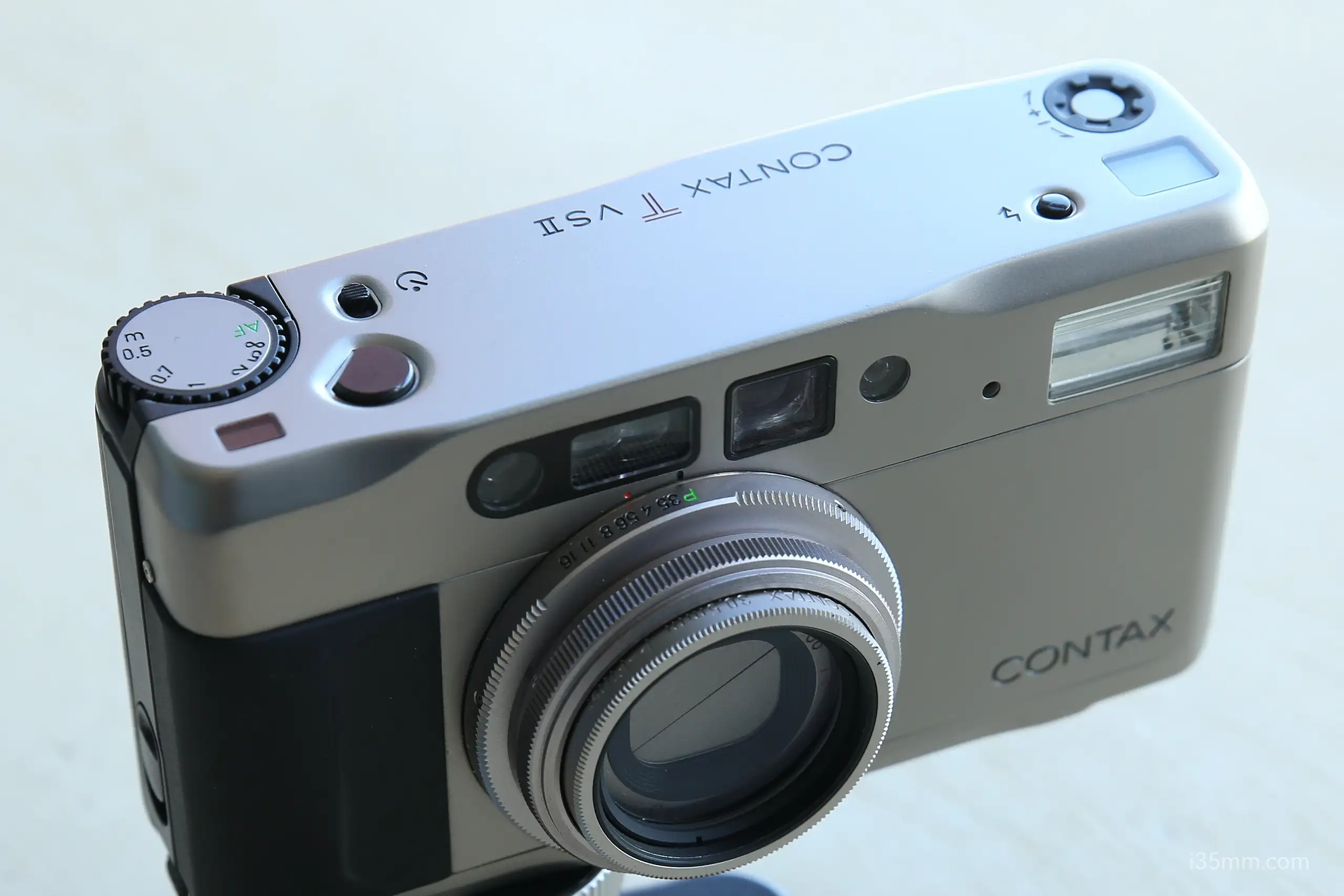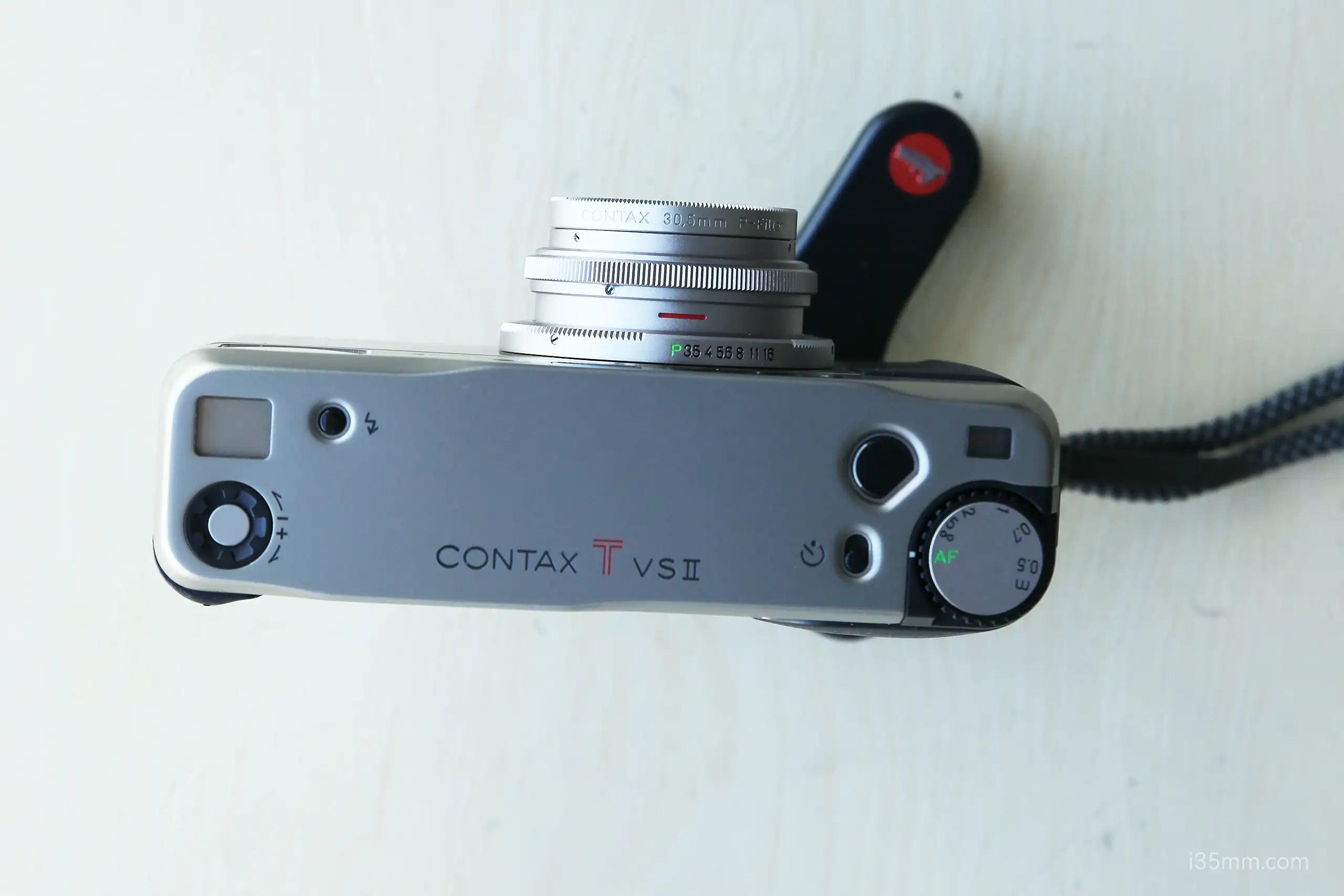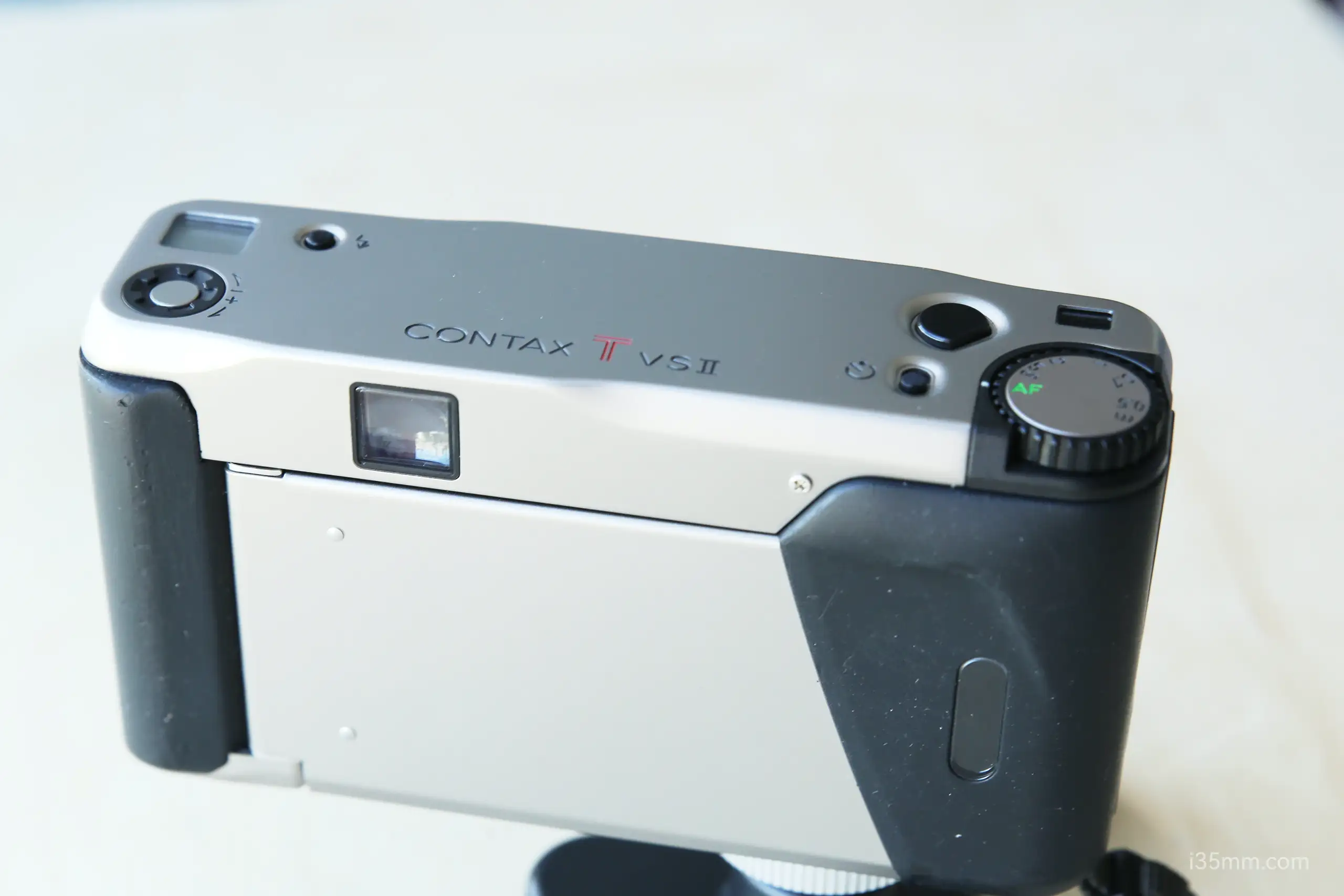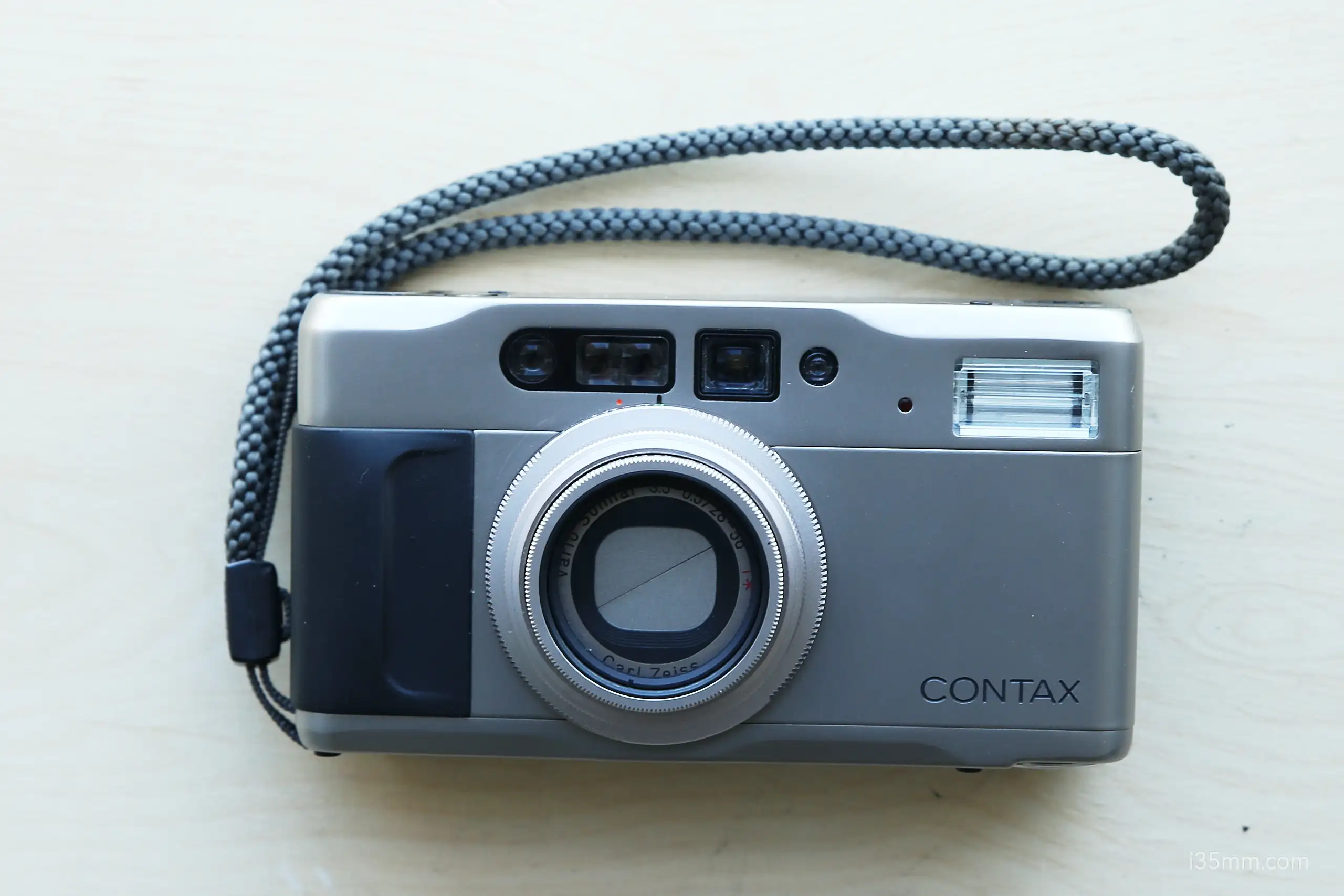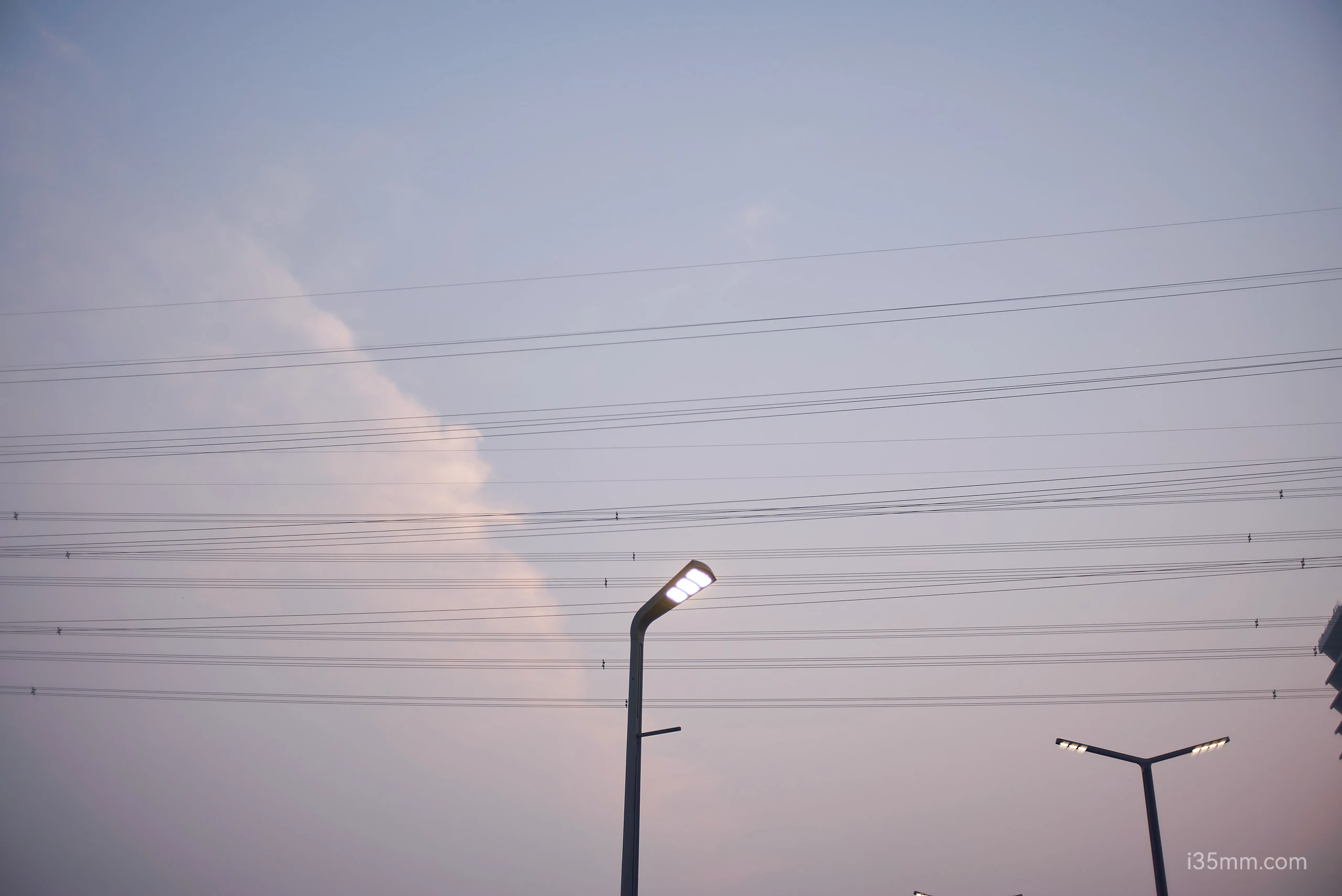
1. Introduction: When East Germany Made Magic
Let’s get real: the Carl Zeiss Jena 35mm f/2.4 is the unicorn of vintage glass. It’s a Cold War relic that somehow outshines modern lenses, a socialist-era gem that laughs at capitalist logic, and a pancake lens that’s somehow also a macro beast. Released when disco was still cool, this little DDR darling proves that East Germany did more than just build the Berlin Wall—they built a damn fine lens.
Is it perfect? No.
Is it ridiculously fun to shoot? Abso-freaking-lutely.
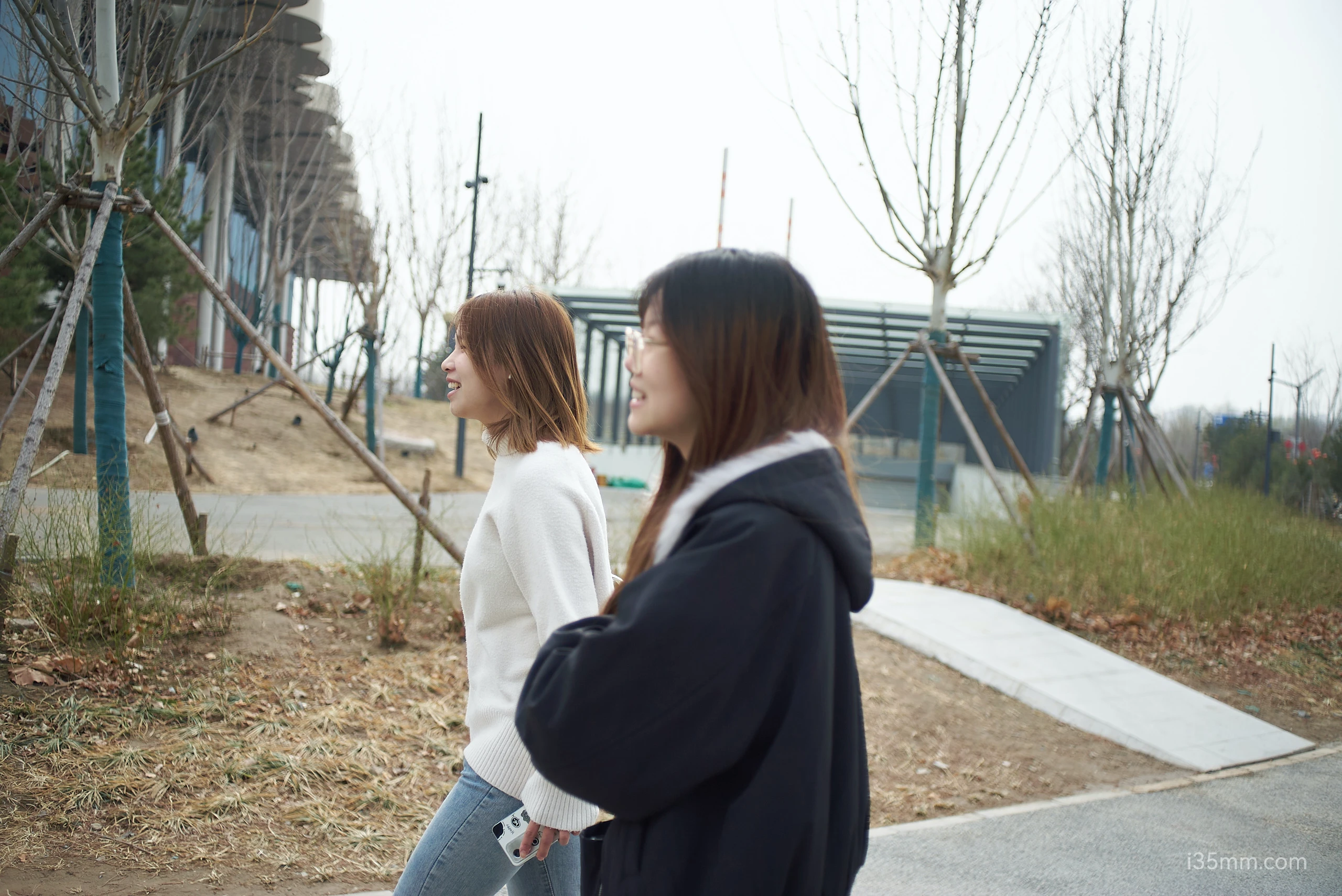
2. Build Quality: “Chunky Charm with a Side of Nostalgia”
Specs:
- Weight: 248g (or “heavy enough to feel German, light enough to avoid chiropractor bills”).
- Materials: Metal, glass, and a dash of communist stubbornness.
- Aesthetic: A brushed-metal brick that whispers, “I survived the ’70s, and I’ll outlive your mirrorless camera.”
The Flektogon 35mm f/2.4 is built like a Trabant—quirky, indestructible, and weirdly lovable. The focus ring turns smoother than a Bowie vinyl, and that M42 mount? Pure retro flex.
Pro Tip: If your lens doesn’t double as a self-defense tool, you’re not holding it right.
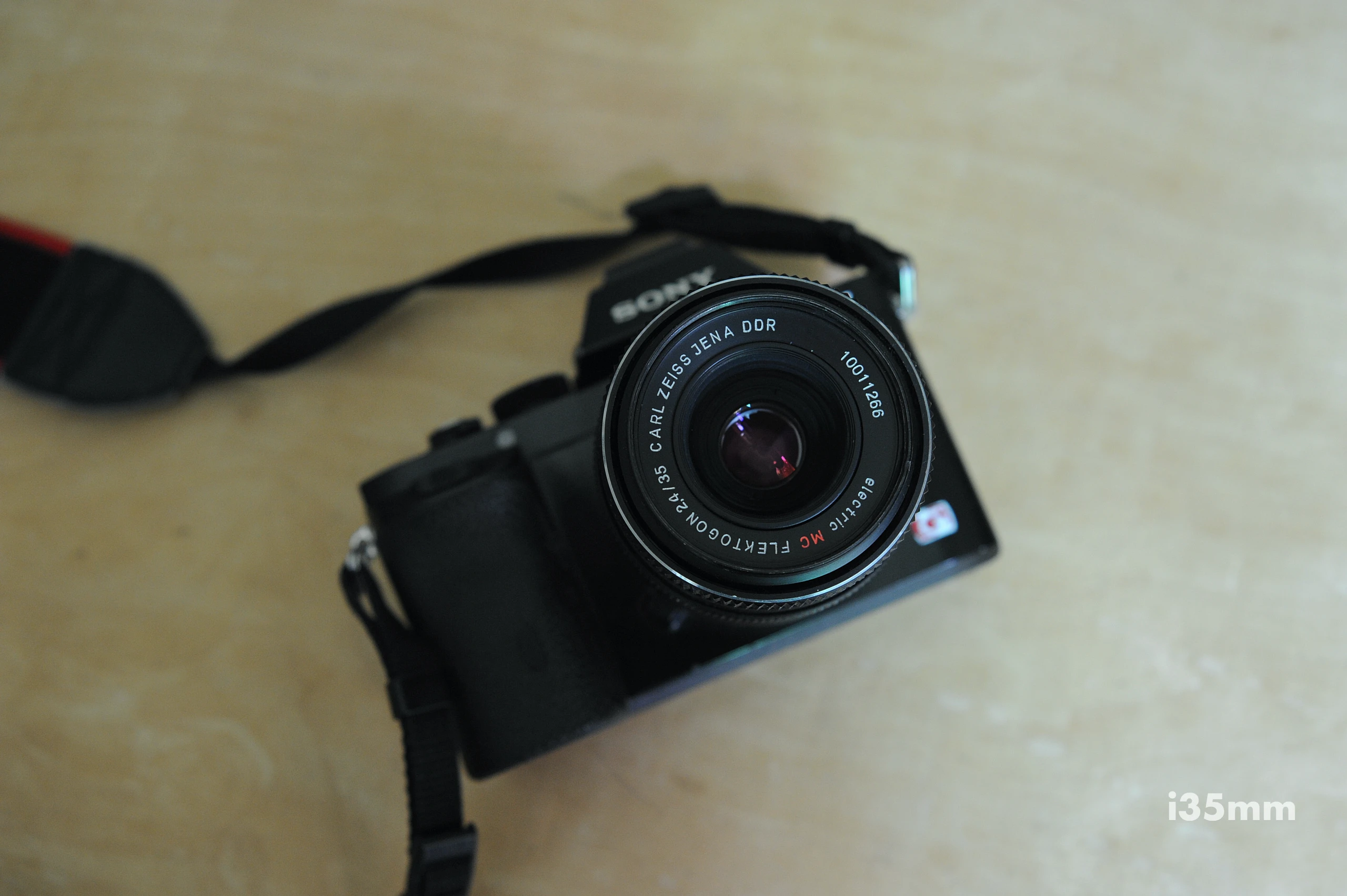

3. Optical Performance: “The F/2.4 That Out-Bokehs F/2”
Specs:
- Focal Length: 35mm (the “Goldilocks” of street photography).
- Aperture: f/2.4 (because East Germany loved almost breaking rules).
- Special Sauce: Magic dust stolen from a Wes Anderson film.
Bokeh Sorcery:
This lens defies physics. At f/2.4, backgrounds melt into a watercolor dreamscape that’s creamier than a Bavarian latte. It’s like Zeiss said, *“Who needs f/1.4 when you’ve got socialist engineering?”*
Fun Fact: The bokeh is so smooth, it could convince a Leica fanboy to defect.
Sharpness:
- Center: Cuts through reality like a Stasi agent interrogating a capitalist spy.
- Edges: Soft enough to make you question capitalism… but who looks at edges anyway?
4. The “Swiss Army Knife” Superpowers
- Macro Mode: Focuses down to 0.19m—close enough to count a ladybug’s freckles.
- Street Photography: 35mm lets you capture life’s chaos without getting punched.
- Portraits: f/2.4 serves just enough blur to make your subject pop like a strudel at a bake-off.
Pro Tip: Use it for everything. Literally. Flowers, faces, UFO sightings—this lens doesn’t care.
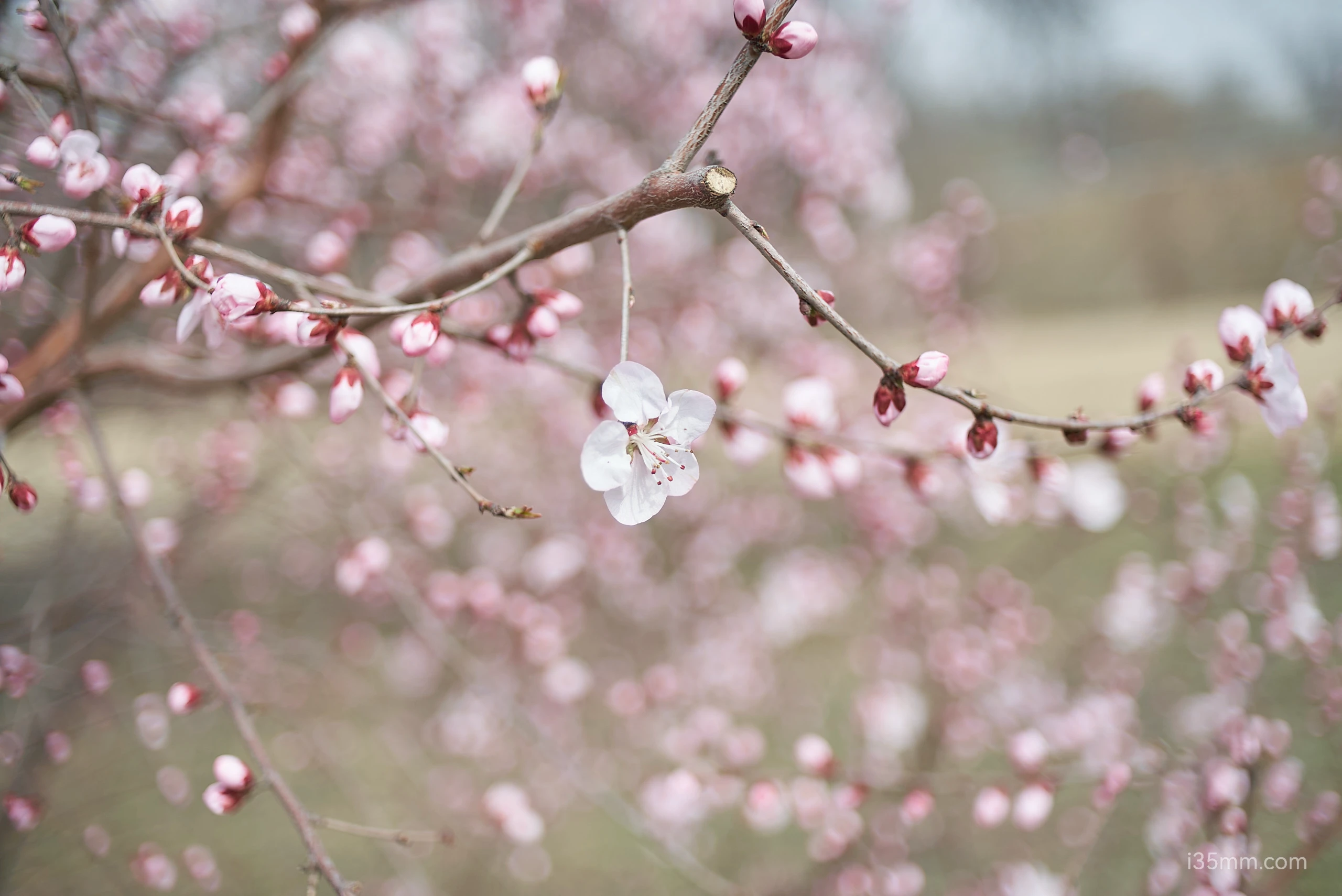
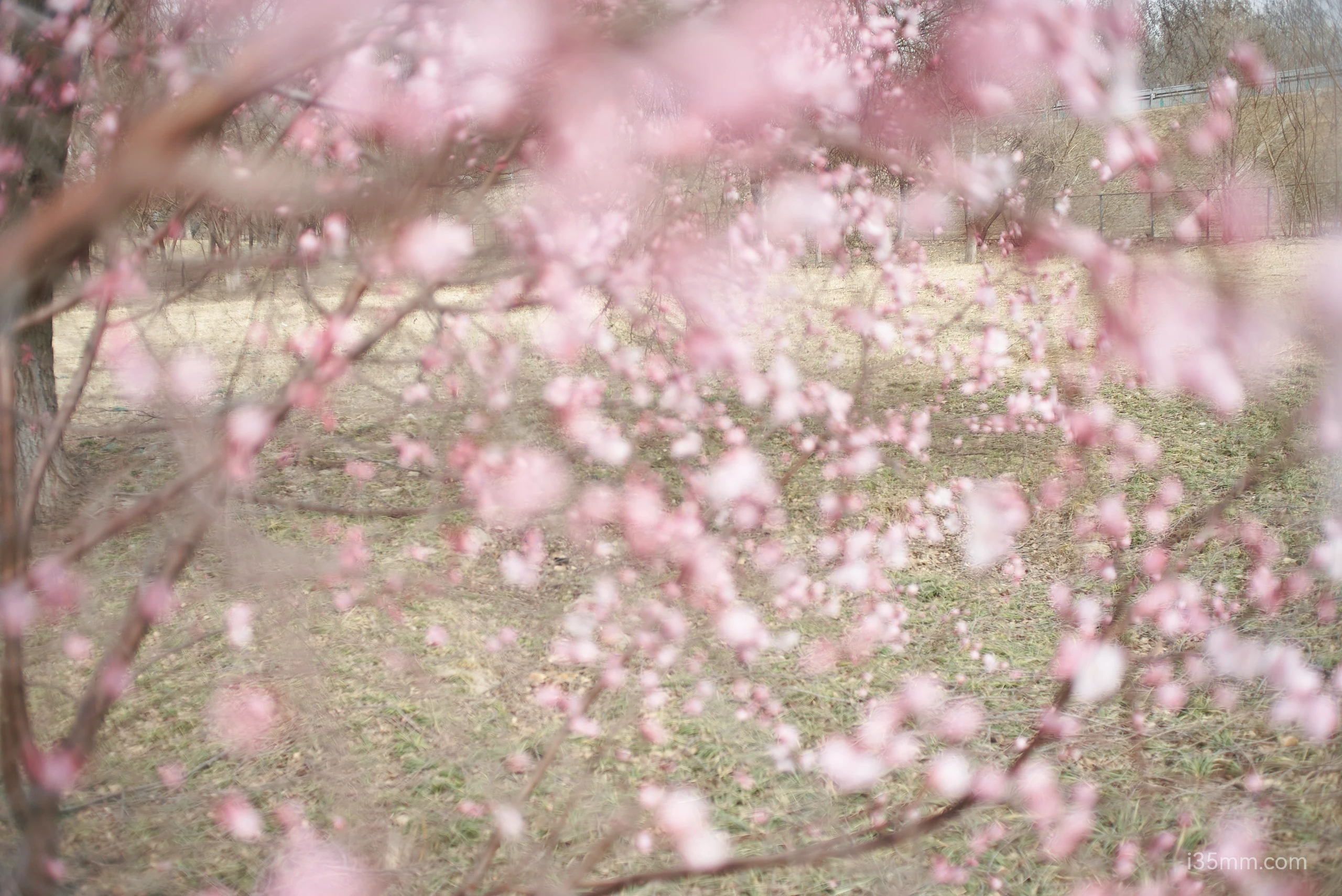
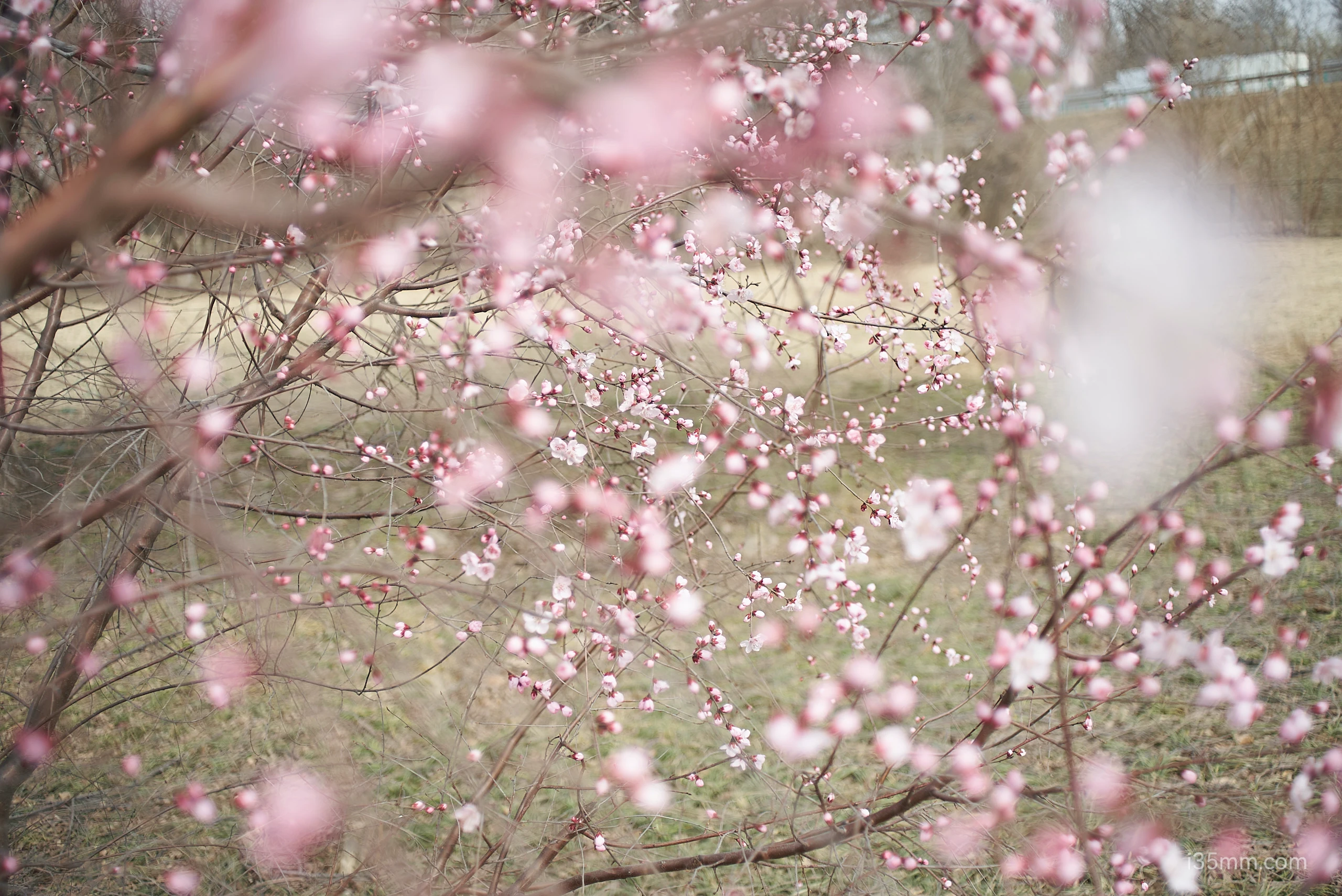
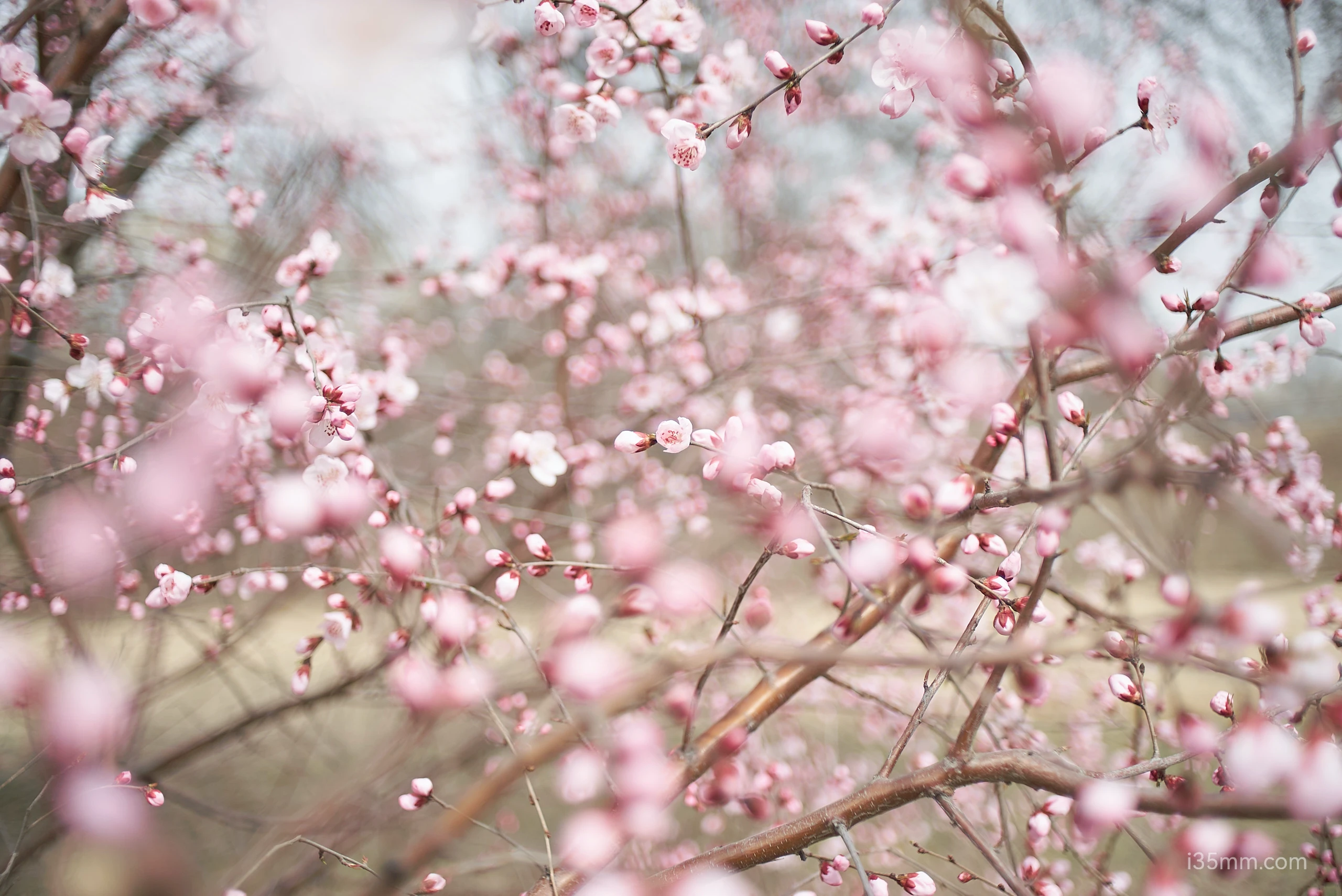
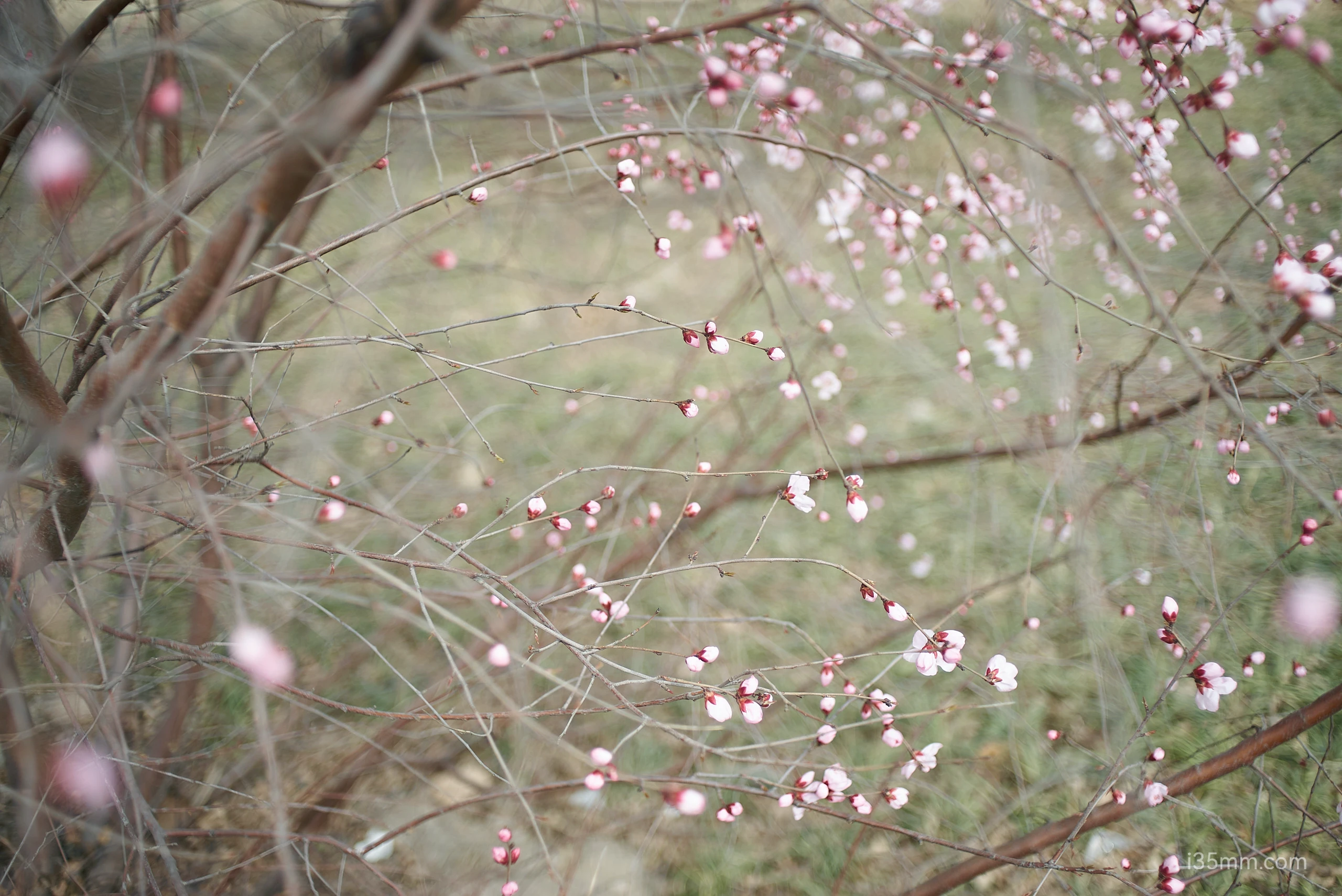
5. Color Science: “The Rainbow Factory Called Dresden”
- Straight-out-of-camera JPEGs: Cold-war cool with a dash of Ostalgie (that’s “East German nostalgia” for you capitalists).
- RAW Flexibility: Desaturate it, and it morphs into a moody poet. Crank the vibrancy, and it’s a disco ball.
- Golden Hour Glory: Turns sunlight into liquid amber.
Warning: Shooting with this lens may cause sudden urges to wear Adidas tracksuits and hum 99 Luftballons.
6. Quirks & Quibbles: “Love Letters from 1975”
Pros:
- Versatility: Does macro, street, and portraits like a caffeinated octopus.
- Character: Delivers that “I shot this on expired film” vibe without the expired film.
- Price: Cheaper than a weekend in Berlin (if you avoid eBay scalpers).
Cons:
- Aperture Blades: 6 straight blades make bokeh balls look like ninja stars at f/2.8. Embrace the chaos.
- Flare Drama: Shoot into the sun, and you’ll get artistic ghosting. Or just call it “Soviet ambiance.”
7. The “Leica vs. Zeiss” Cold War (Spoiler: Everyone Wins)
- Leica Comparison: Sharper than a Leica Summicron in the center, but with 10% of the pretentiousness.
- Modern Zeiss: Less clinical, more “let’s drink schnapps and write poetry.”
- Verdict: This lens is the lovechild of Leica’s soul and Zeiss’s brains—raised behind the Iron Curtain.
8. Final Verdict: “The People’s Lens”
The Carl Zeiss Jena 35mm f/2.4 isn’t a lens. It’s a time machine. It’s for photographers who crave character over perfection, who think bokeh should be felt, not measured, and who’d rather shoot than flex their gear on Instagram.
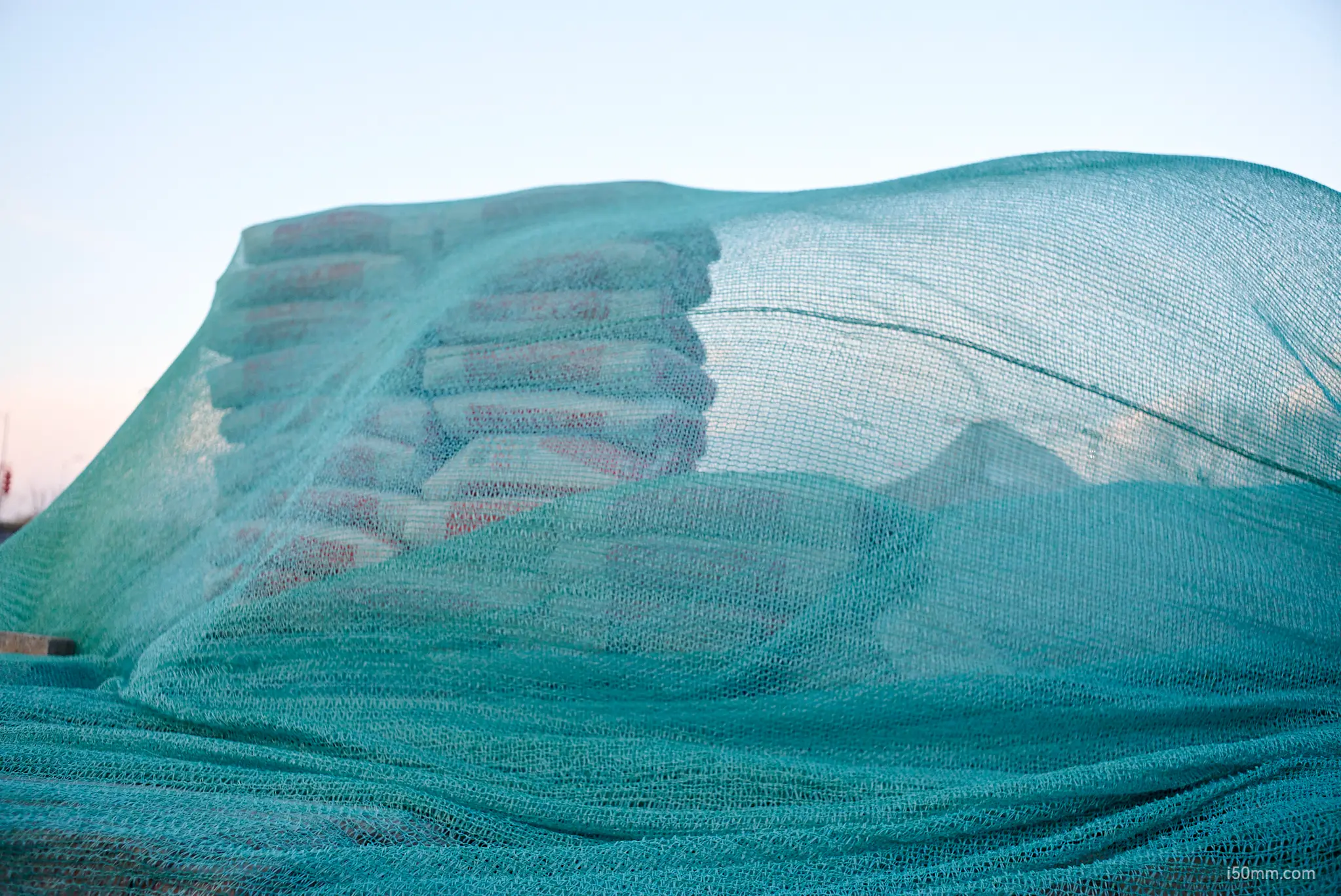
Buy it if:
- You want vintage charm without the vintage price tag.
- You enjoy confusing millennials with “ancient tech.”
- You’ve ever wondered, “What if Wes Anderson designed a lens?”
Skip it if:
- You need autofocus (or basic human patience).
- Your idea of fun is pixel-peeping at 400%.
Rating: 4.7/5 stars (minus 0.3 for the ninja-star bokeh balls, because priorities).
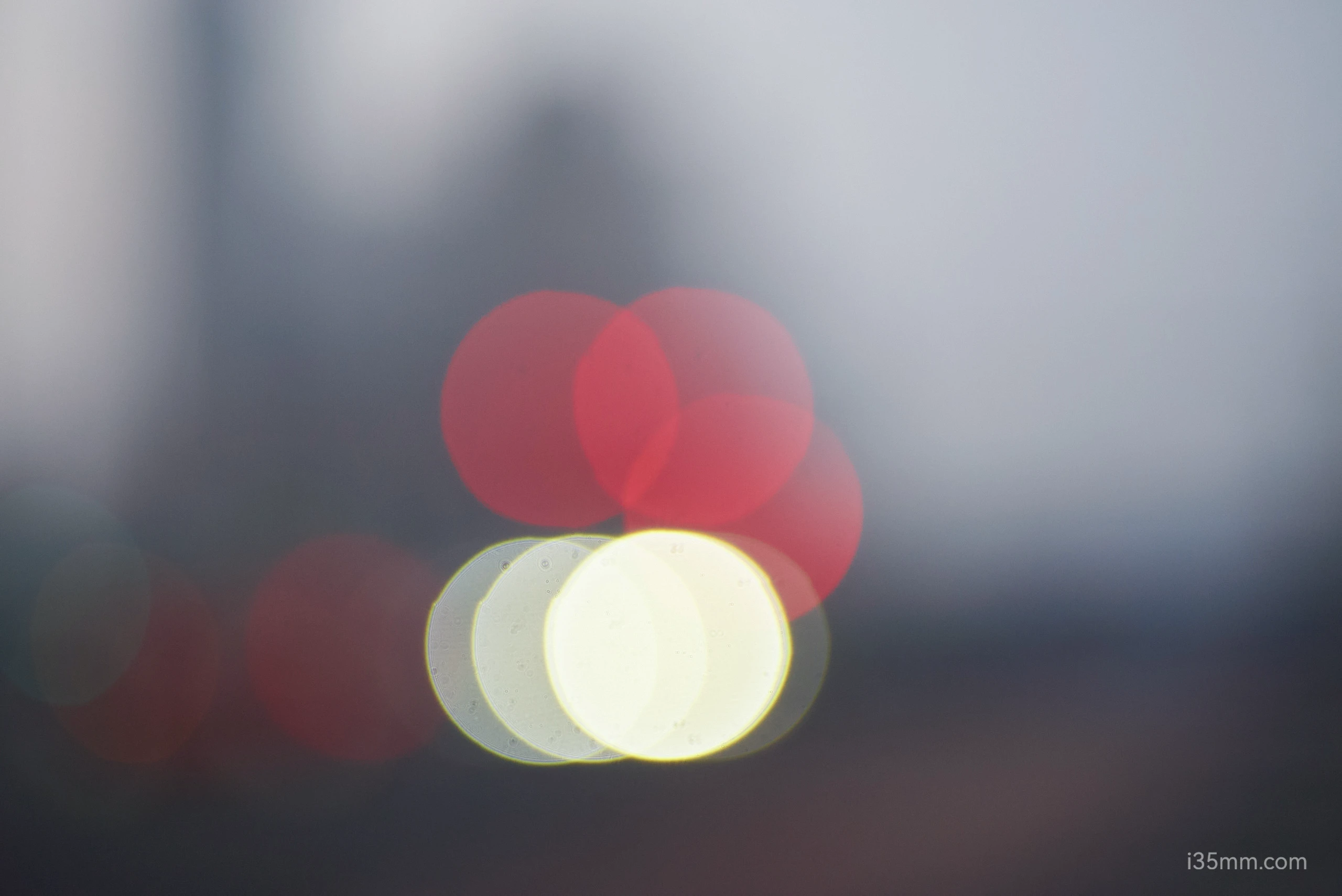
Spec Sheet for Geeks (Because We Know You’re Reading This):
- Aperture Blades: 6 straight (ninja stars included).
- Close Focus: 0.19m (aka “close enough to smell the sauerkraut”).
- Weight: 248g (heavier than your regrets, lighter than your DSLR).
- Flare Resistance: Optional.
